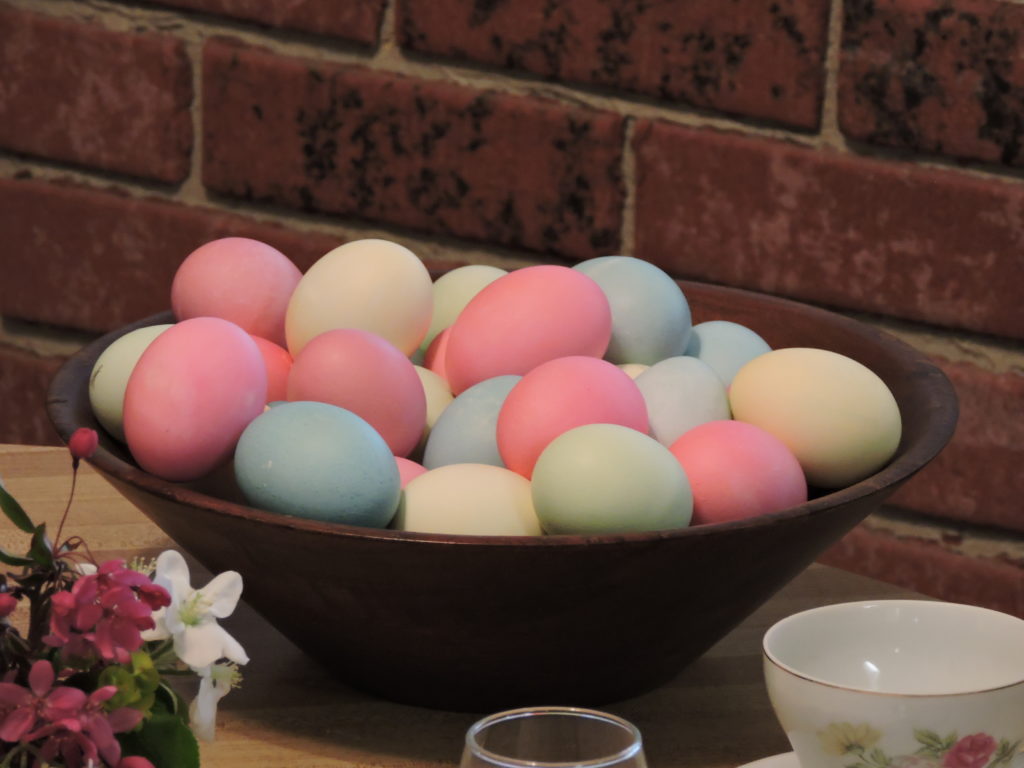By Sharon Lee Tegler
Across the country COVID-19 has turned grocery shopping into an experience where courage meets demand, including right here in Severna Park. What is now a relatively calm, if anxiety producing, daily routine for residents didn’t start that way. In fact, at Giant Food Store, Safeway and Harris Teeter it was chaos.
“I never experienced anything remotely like this. It was like Thanksgiving, Christmas and blizzards all rolled into one,” Giant employee Jaye Ann Thompson said.
“When I arrived for work the evening of March 12 after it was announced that Governor Hogan closed the schools, I was blown away. You could not pack any more bodies into the front end of the store. You could not walk. People had huge overflowing carts with orders running to $500. Friday, it was the same. I worked 30 hours in three days.”

A Giant Supermarket employee for 26 years, Thompson is a cheerful presence and a familiar face to hundreds of local families. With the exception of a brief stint working for corporate headquarters, Severna Park has been her home base.
It took a beat for Thompson and her fellow employees to realize that people were panicked by yet to be announced state and national guidelines and rumors that stores might be forced to close.
By the time store managers reassured customers that, as an essential service, grocery stores would remain open, the Severna Park Giant was wiped out of everything from produce and meat to frozen vegetables. Stock was almost 70 percent down from normal and overbuying threw the supply chain into chaos making it impossible to keep up with demand.
Things slowly began to straighten out with staples like paper products arriving overnight in time for the 6 am to 7 am period set aside for senior citizens to shop. But by afternoon they’d be gone.
“We’ve seen hoarding,”Thompson said. “But we’ve also seen many acts of kindness. We’ve had people yell at us for being out of things. But for every person who was nasty, we’ve seen a hundred other people who are kind and appreciative….. which is why we keep showing up.”
It has been a scary situation for Thompson and her co-workers dealing directly with the public though the management has done everything possible to protect them.

“A lot of us are very anxious. My husband has pre-existing conditions so it’s particularly scary for me. I’ve had anxiety attacks and couldn’t sleep. When I did, I’d dream about the corona virus. My co-workers tell me the same thing. ”
“We expressed our feelings to our management team early on. Manager Bo Whithers and assistant managers Liddy Sharf and Iris Ford have been amazing. From the very beginning, they’ve been extremely protective of us.”
A month ago Giant initiated sneeze guards at each register and across the pharmacy. They brought in heavy duty disinfectants with which to spray credit card touch pads. Personal hand sanitizers were issued to each employee though they were scarce. They provided workers with gloves to be discarded after every shift and passed out dozens of masks made by one of Giant’s customers. Recently, the store added face shields to the array of protective gear.
For many shoppers the managers have been an inspiration, stepping in where needed and helping checkers bag orders. Several customers expressed admiration for Ford who worked 18 hours straight one day and seemed to be everywhere dealing with countless situations.
Harris Teeter at Magothy Gateway Village and Safeway at 540 Benfield Road experienced much the same situation as events unfolded and made adjustments accordingly.
In order to focus on replenishing and cleaning, Harris Teeter will close at 8 pm nightly until further notice. The store has special shopping hours for seniors on Mondays and Thursdays from 6 to 8 am. The pharmacy is open daily. (Check hours by calling 410-544-5450). The store has even increased social distancing 50 percent beyond what is required.
Following the initial surge of shoppers, Safeway’s procedures have mirrored those of Giant Food and Harris Teeter. Using proper social distancing, they are open from 6 am till 10 pm daily with pharmacy hours that start slightly later. They also provide senior shopping hours from 7 am to 9 am on Tuesdays and Thursdays.
Donut Shack has come a long way in a short time
Following the festive Grand Reopening of Donut Shack on February 29, owner-operator Ali Matthews and managing partner Ben Hilliard realized they had a lot to learn……fast.

Just 13 days later it was announced that social distancing was going to be the new norm. Despite the COVID-19 mandated closure of their counter and table areas, the shop managed to continue operations and remains busy. There was still quite a demand for Donut Shack’s beloved donuts so they adapted. They began taking and filling orders for coffee and donuts at a table by the front door and keeping up a steady online business.
All the while, the staff was working and learning.
“We’ve come at really long way in a very short time, Matthews said. “
Though trained to make the donuts by former owner Bill Prevezanos, who operated the shop for 34 years, the process was hard to master.
“Our donuts tasted very good but didn’t look exactly right but we finally got the hang of it,” said Matthews.
From the very beginning of the pandemic, Donut Shack reached out to the community, donating donuts to front line workers at police and fire stations and medical personnel staffing ICU’s and OR’s at hospitals like University of Maryland Medical Center and Anne Arundel Medical Center.
The odd hours required to keep up with demand are hard to get used to. Matthews arrives for work in the middle of the night and works through the early morning.
The reward is Matthews says is fulfilling a dream to serve the community.
Life goes on at Langton Green Community Farm

Though visiting Langton Green Community Farm is restricted at the moment due to the corona virus, spring operations at the farm continue with minimal staffing. The farm’s produce and products support 35 homes that Langton Green operates for developmentally challenged individuals in Anne Arundel county which currently remain fully staffed.
The farm provides jobs for some of those individuals and looks forward to returning to normal operations soon. Meantime, farm animals are being well cared for and donations from the public are being accepted though the website https://langtongreen.org/ .


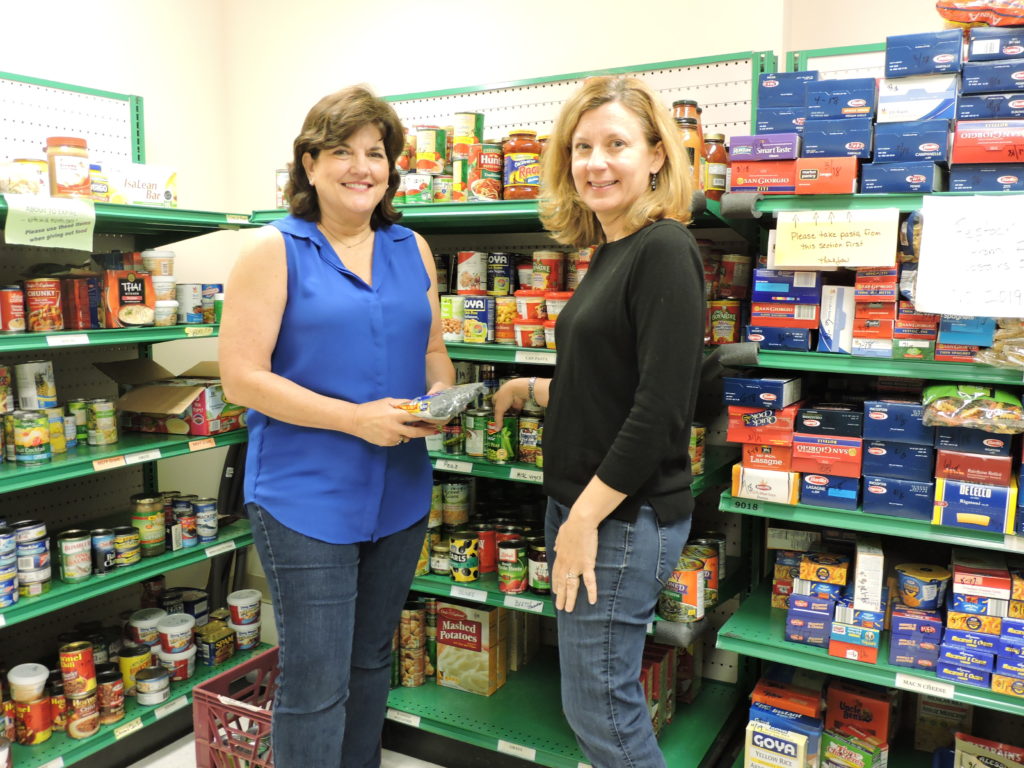
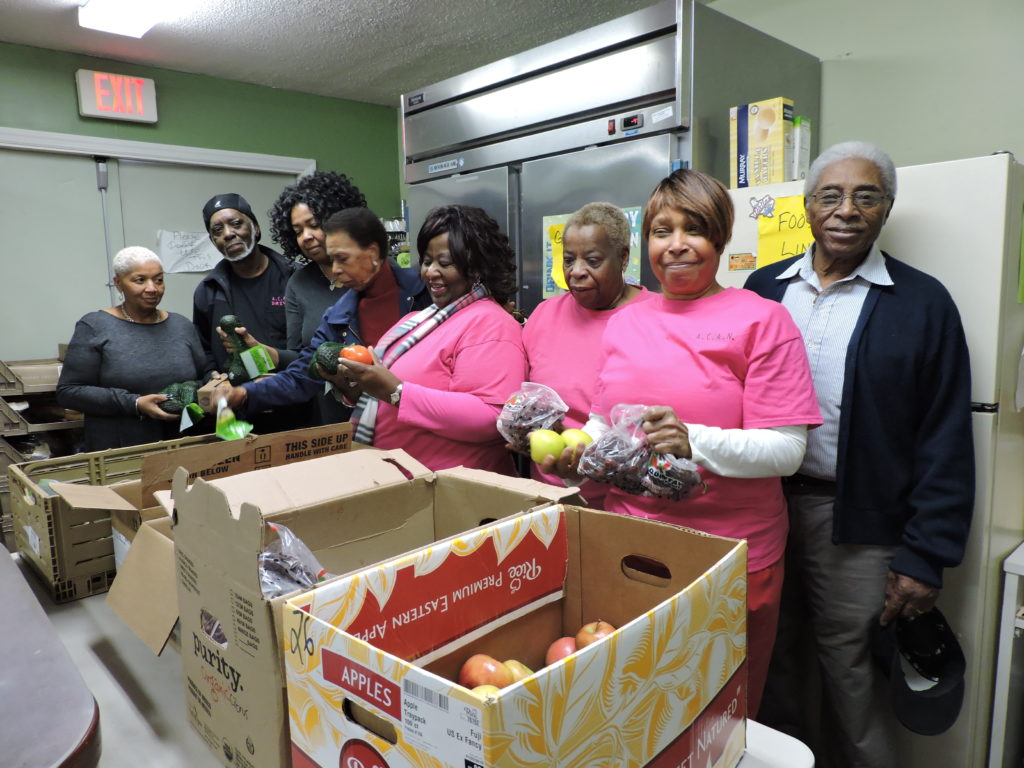



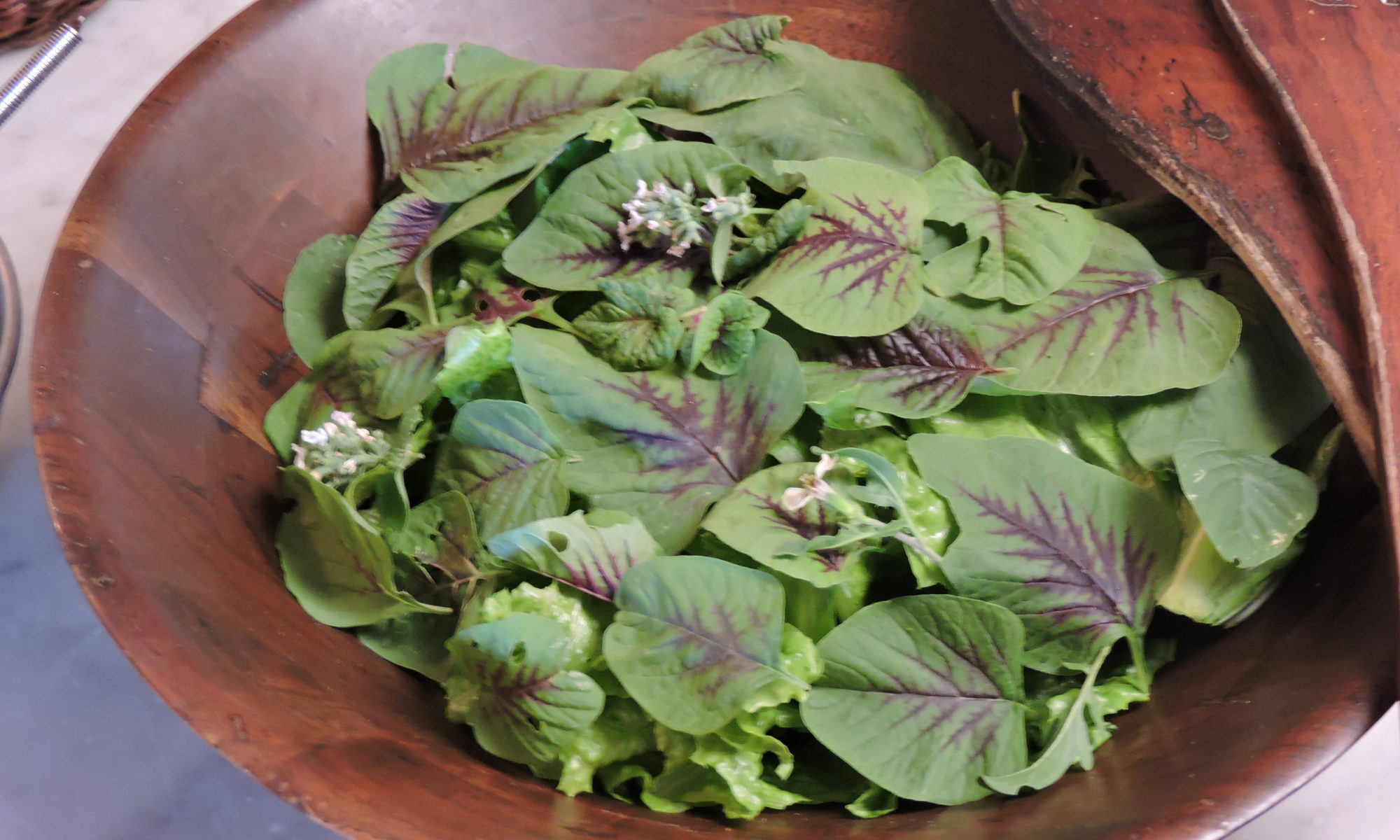
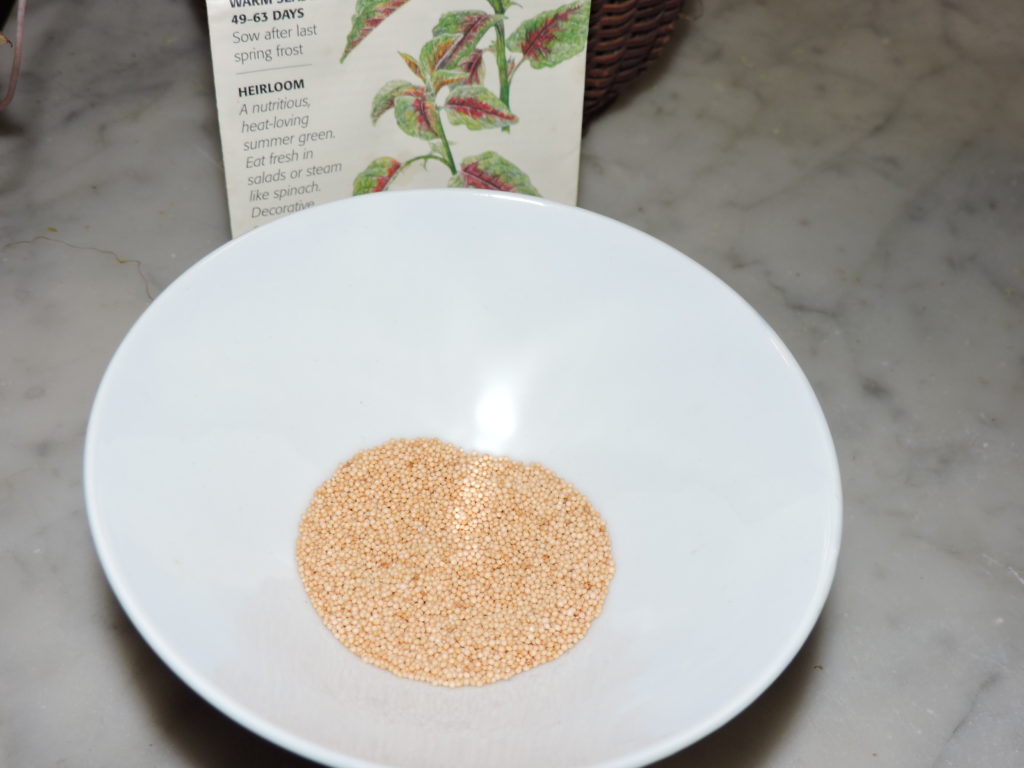
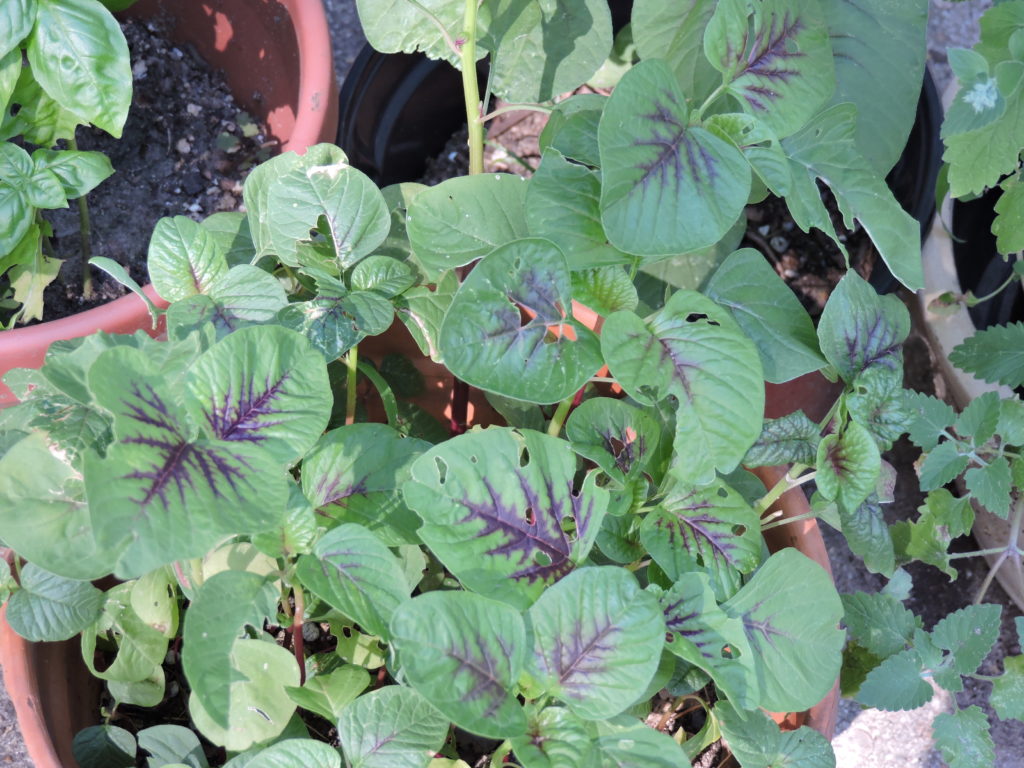
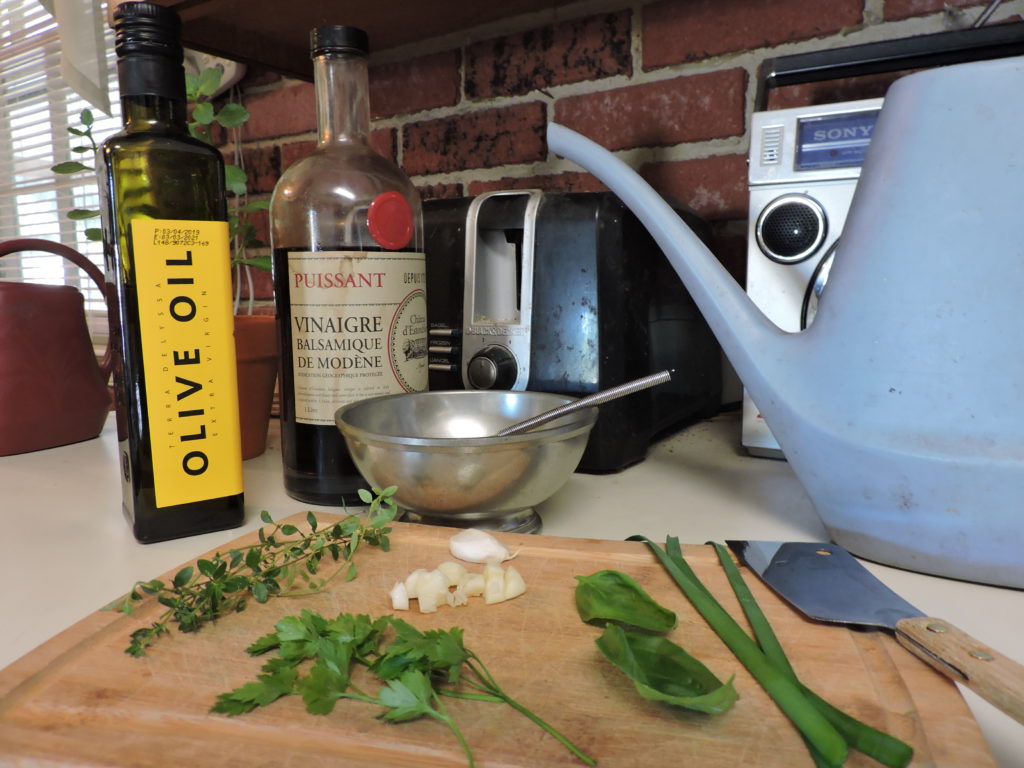
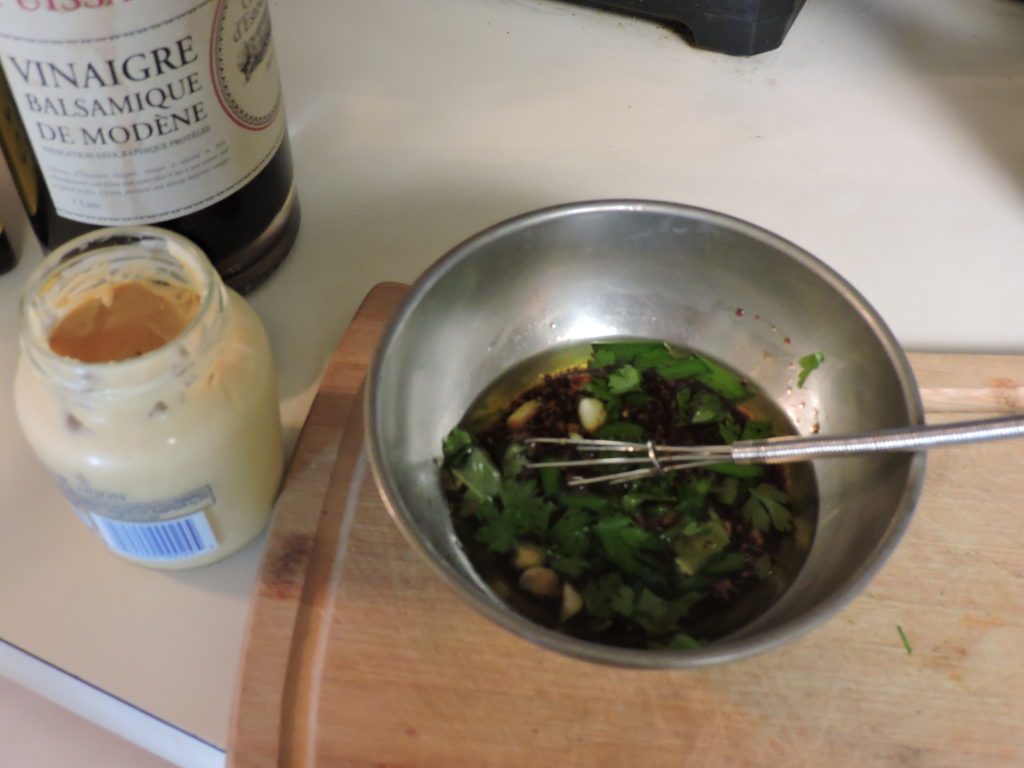
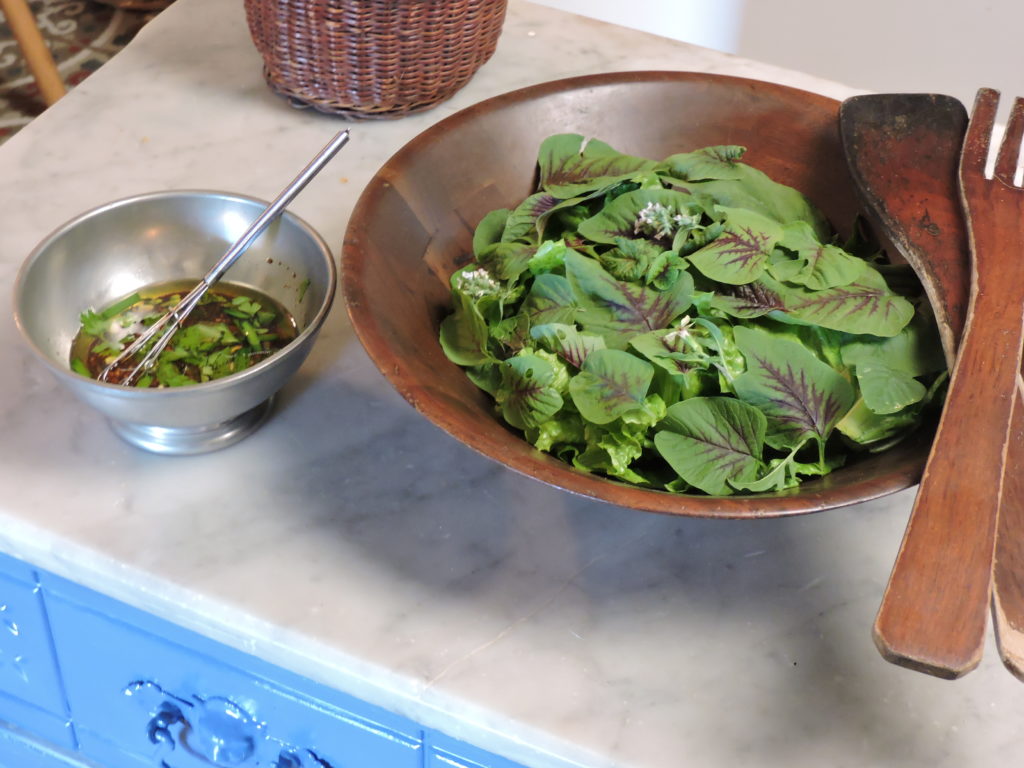
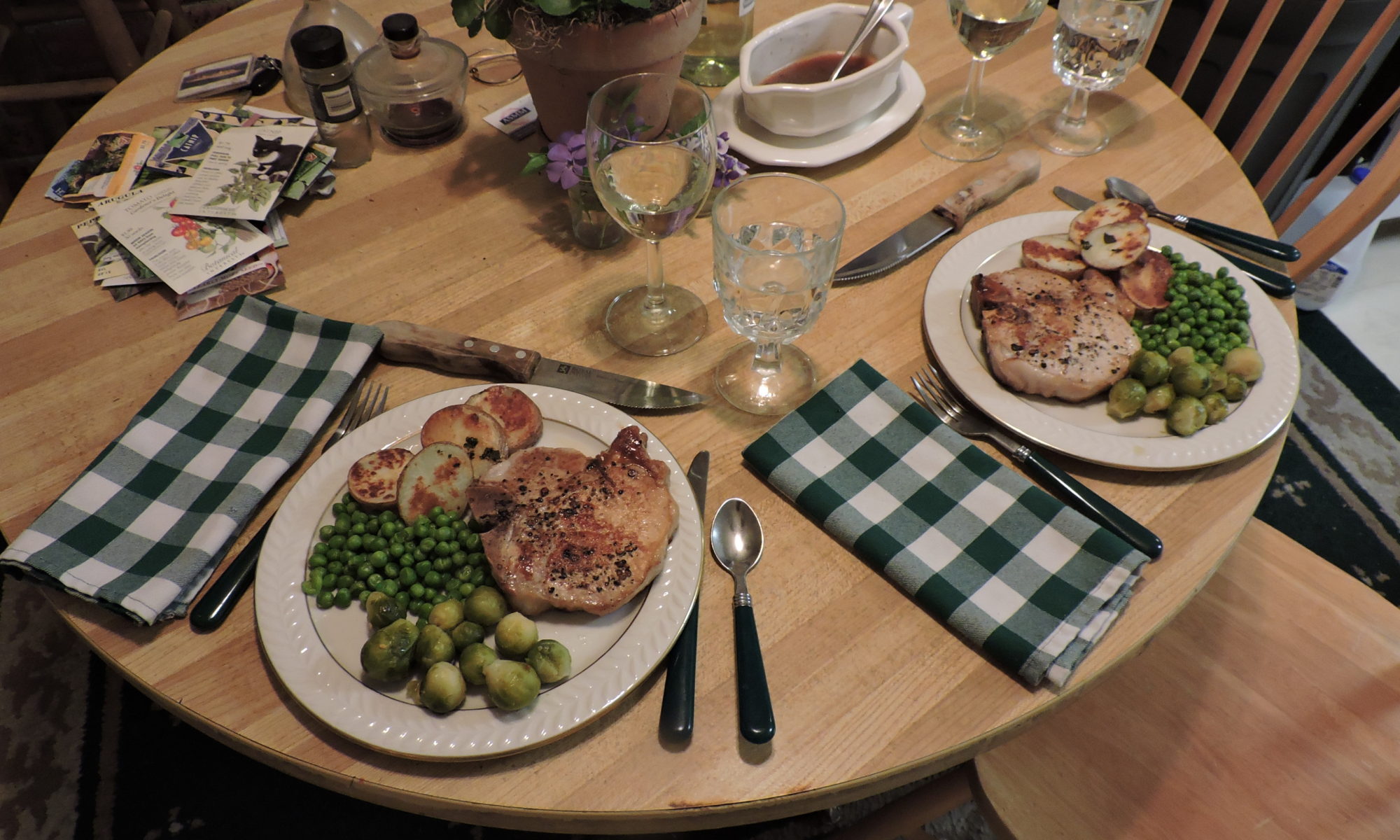

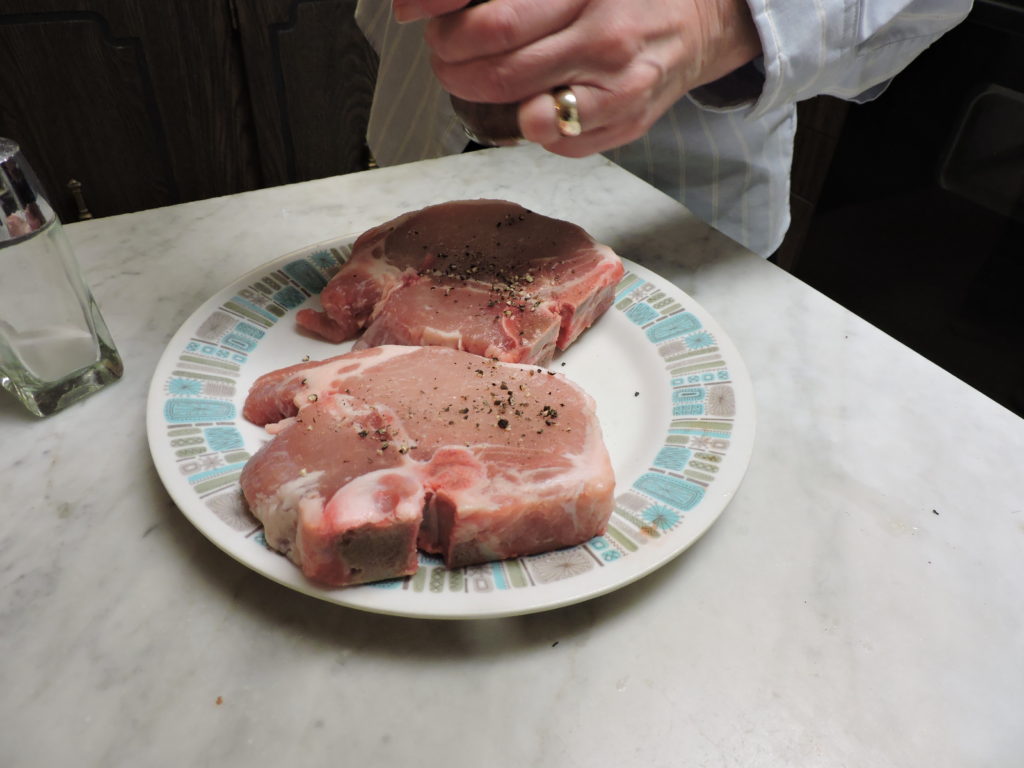
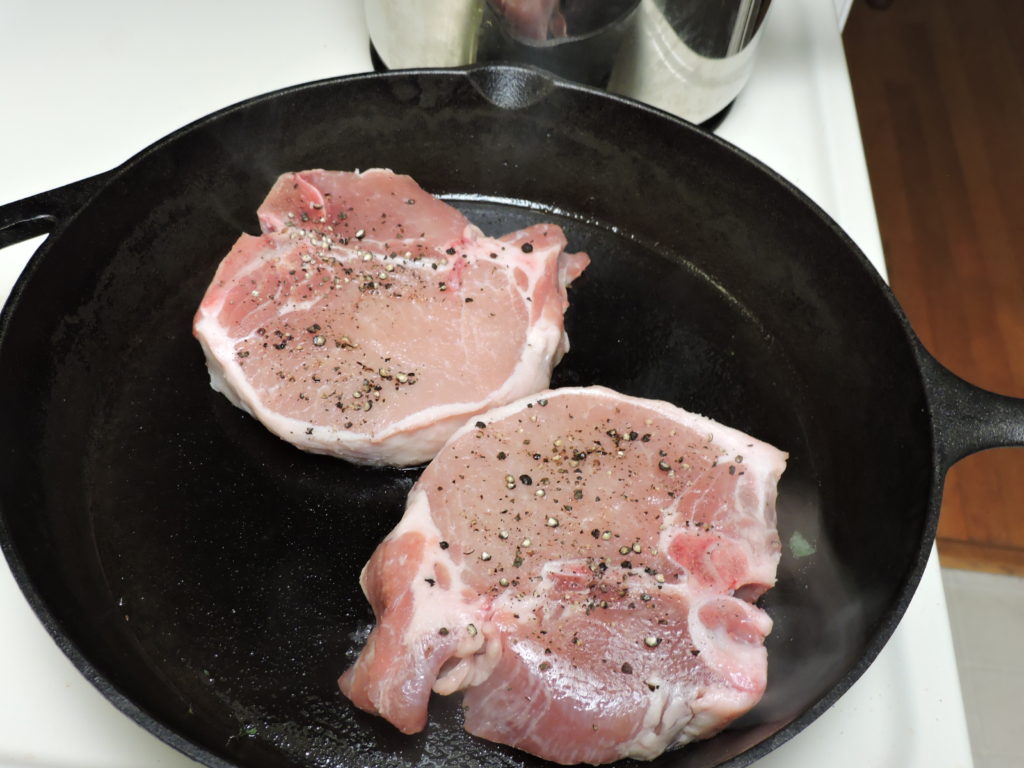
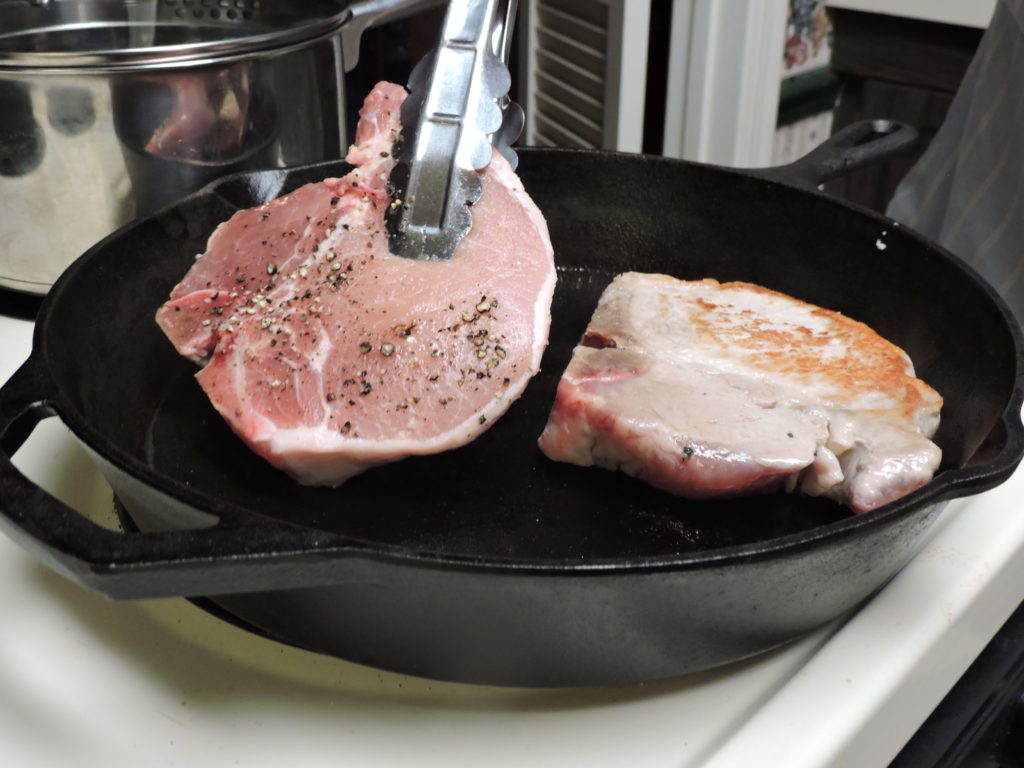
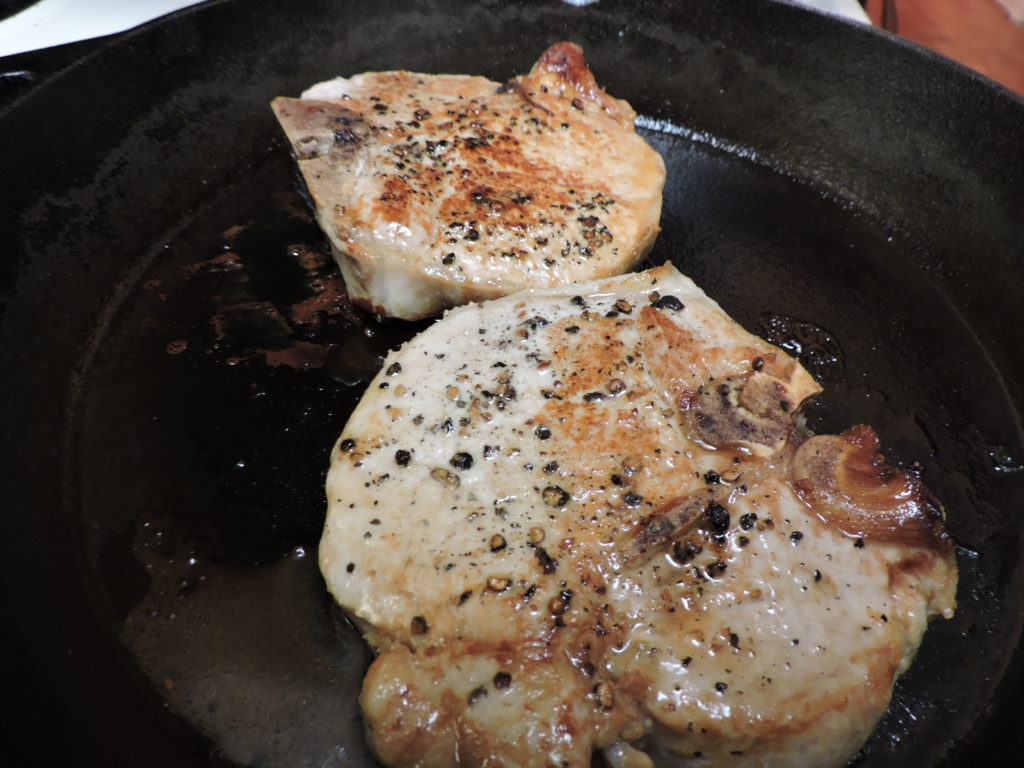
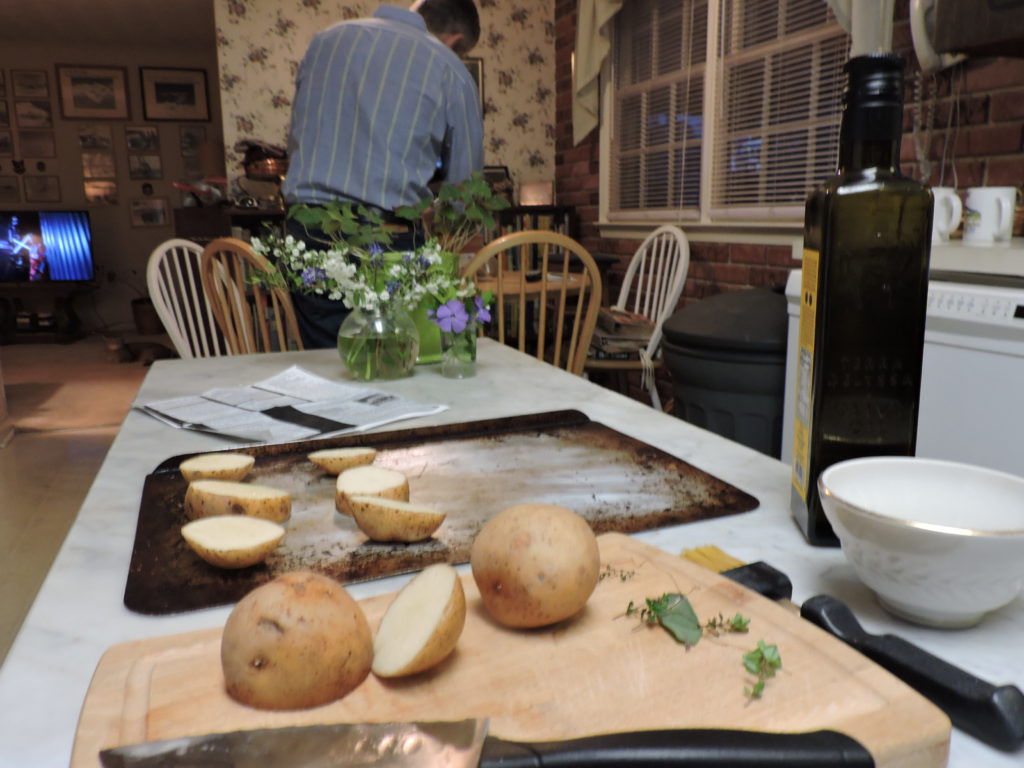
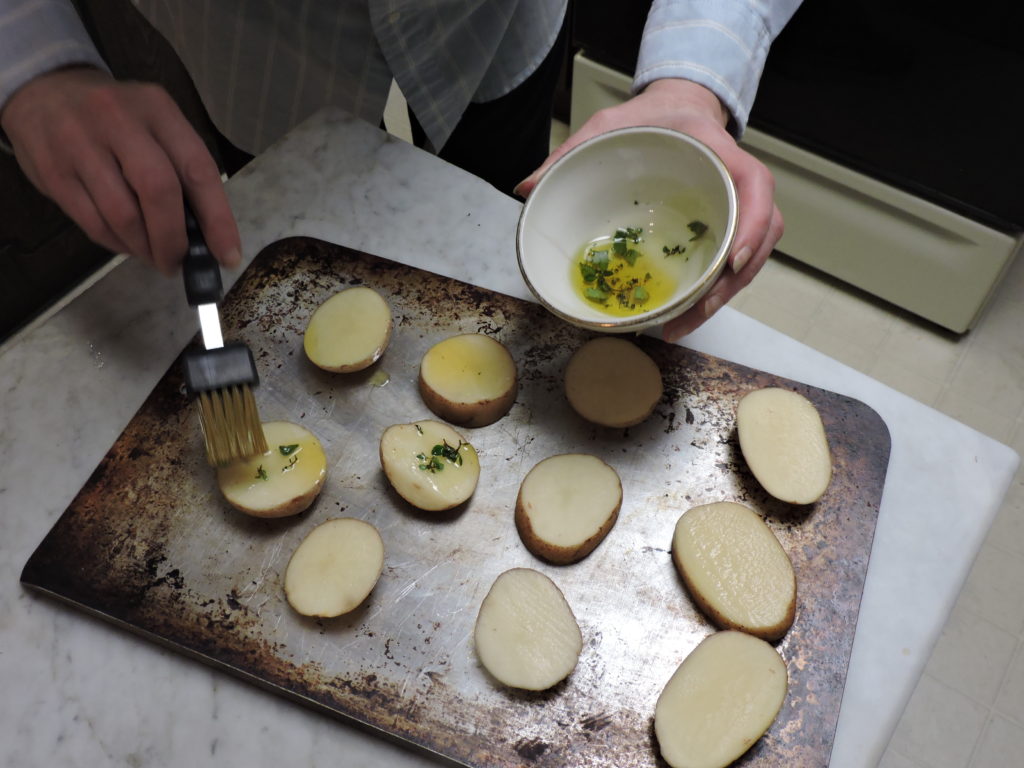
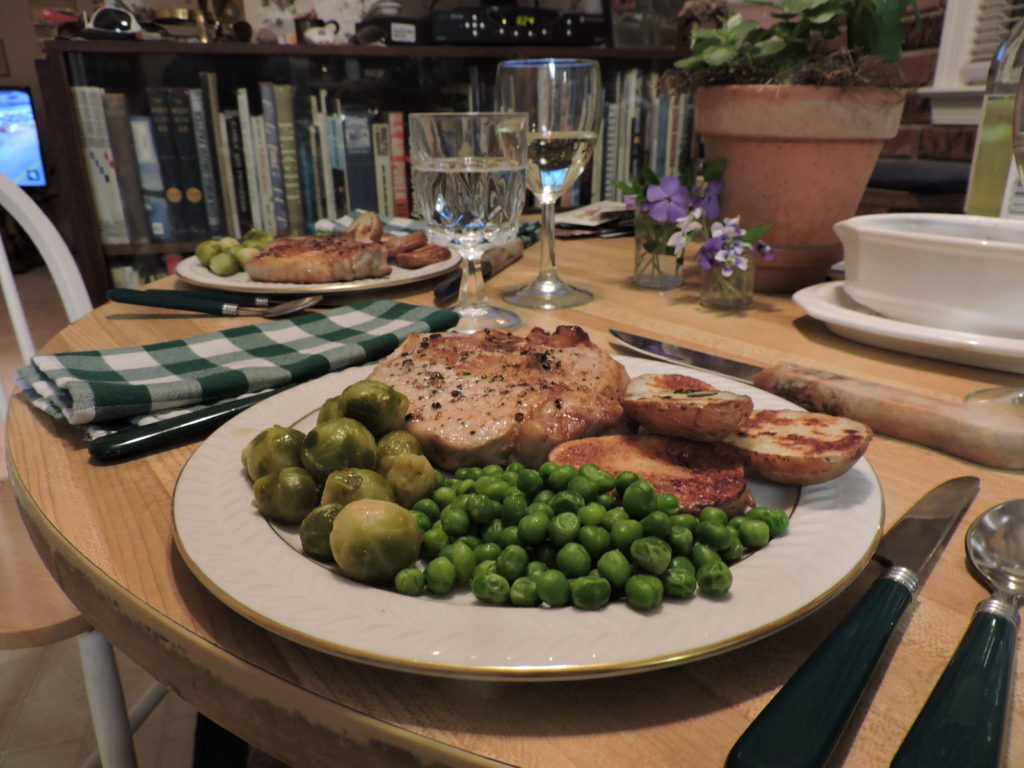
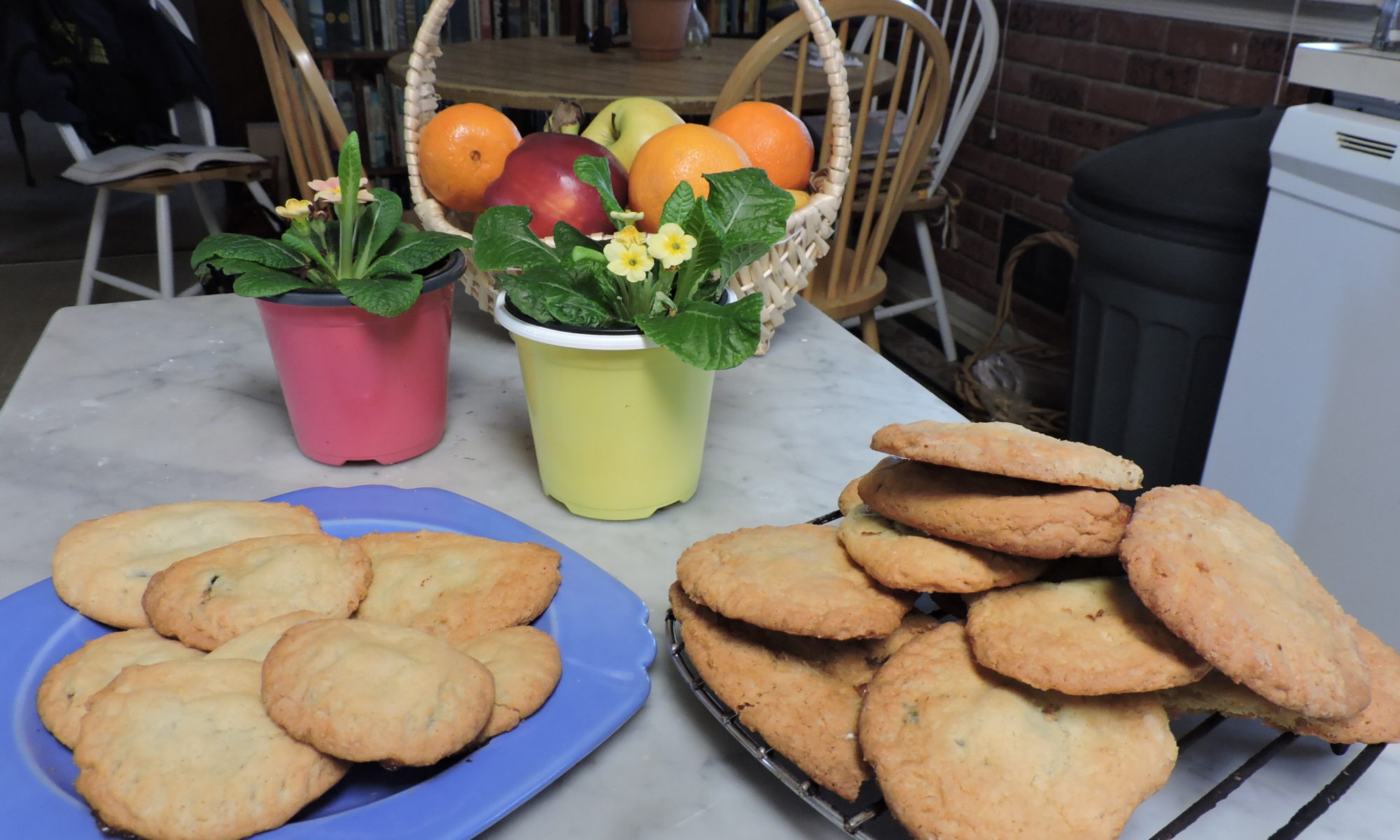
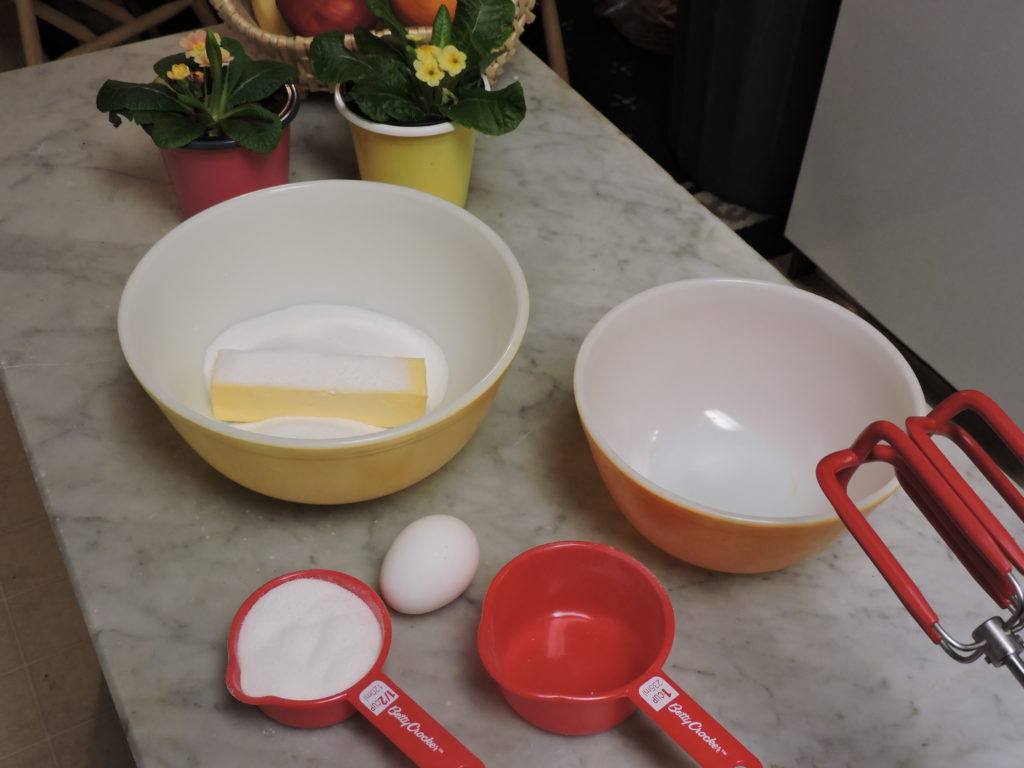
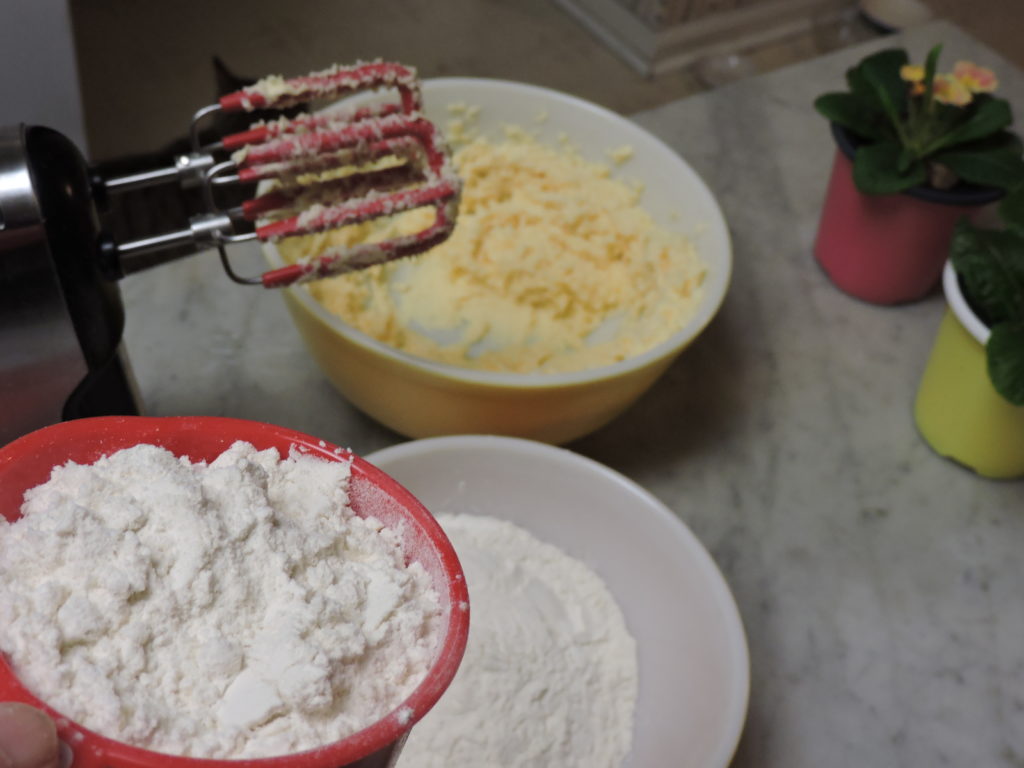
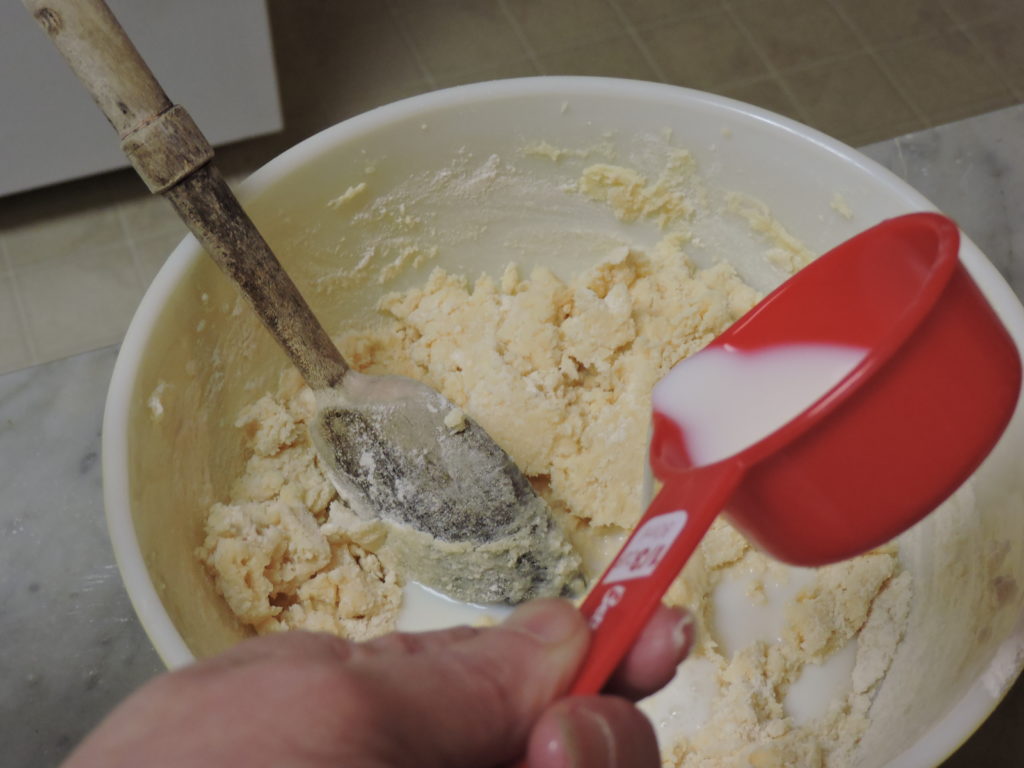
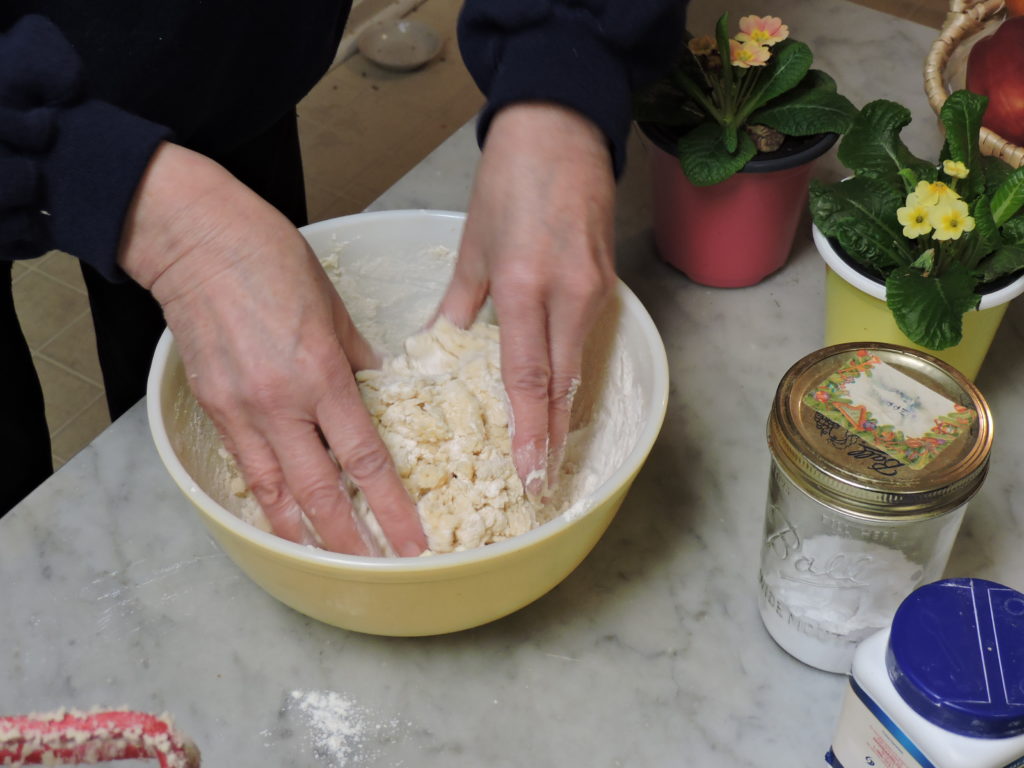
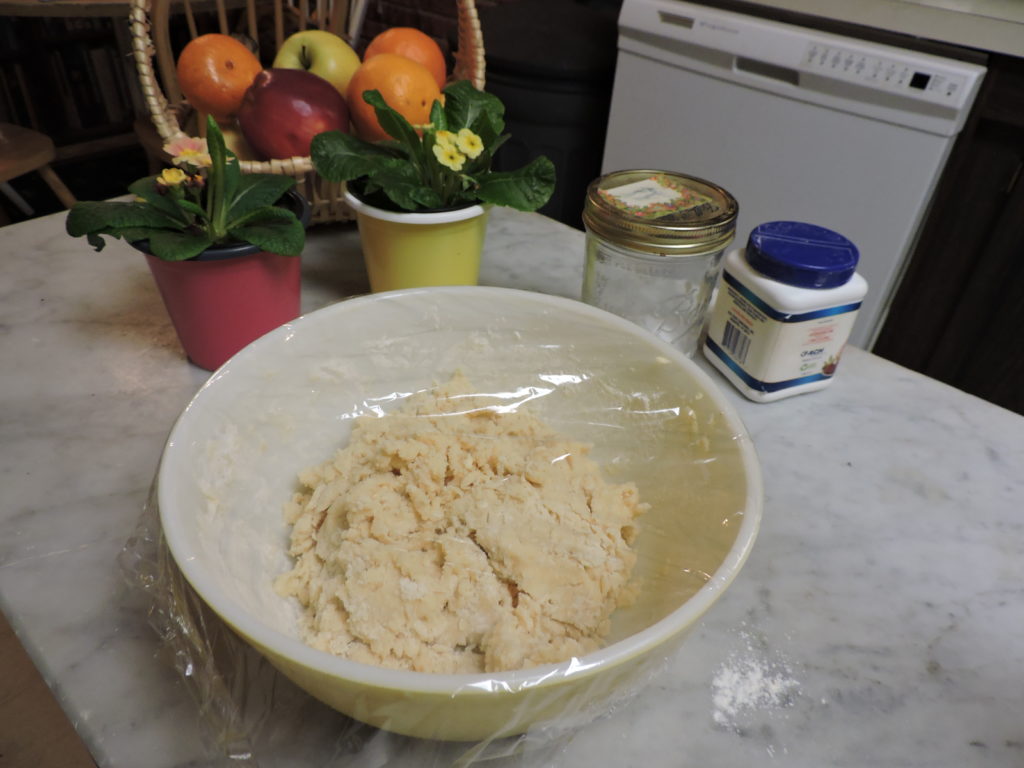
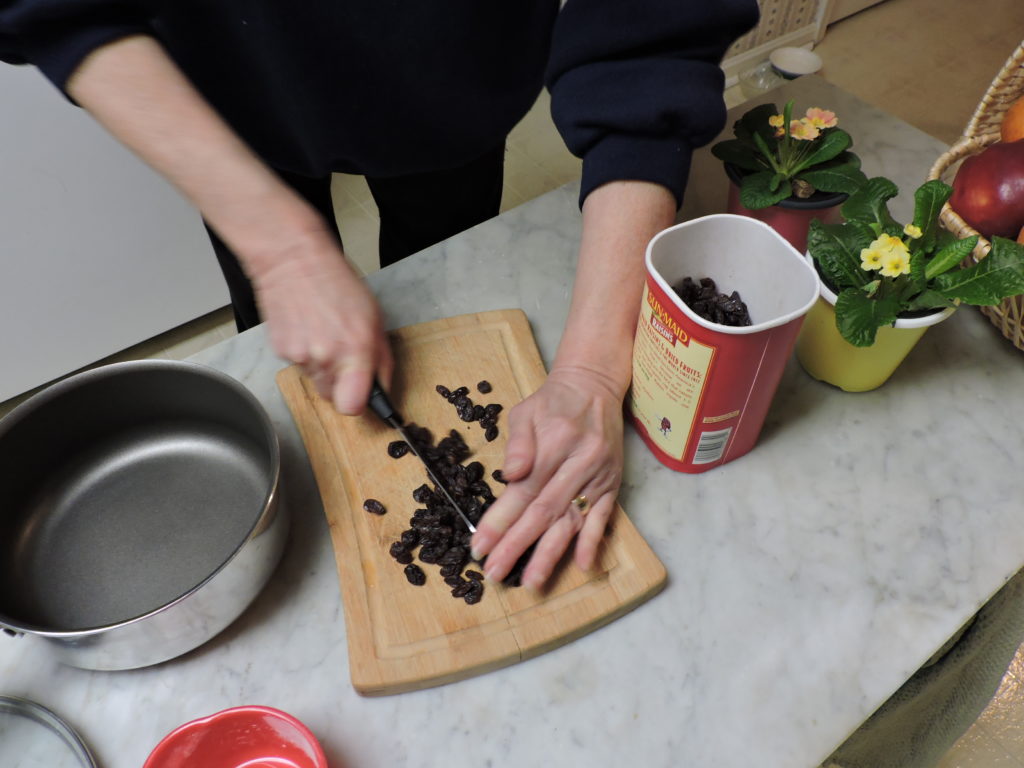
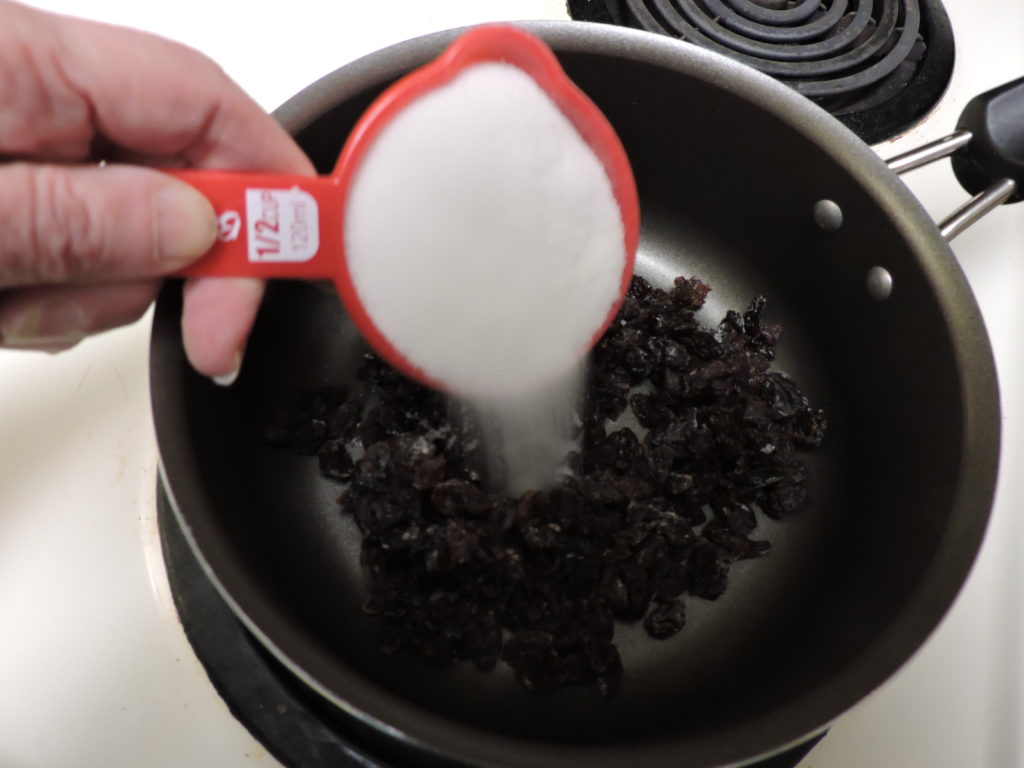
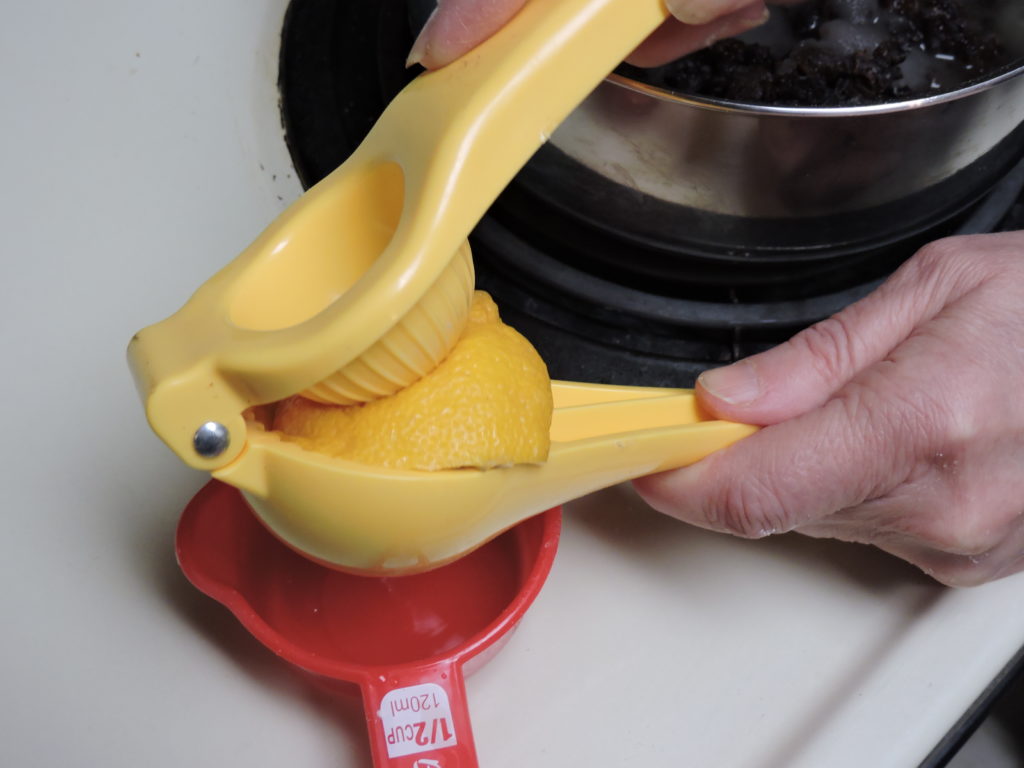
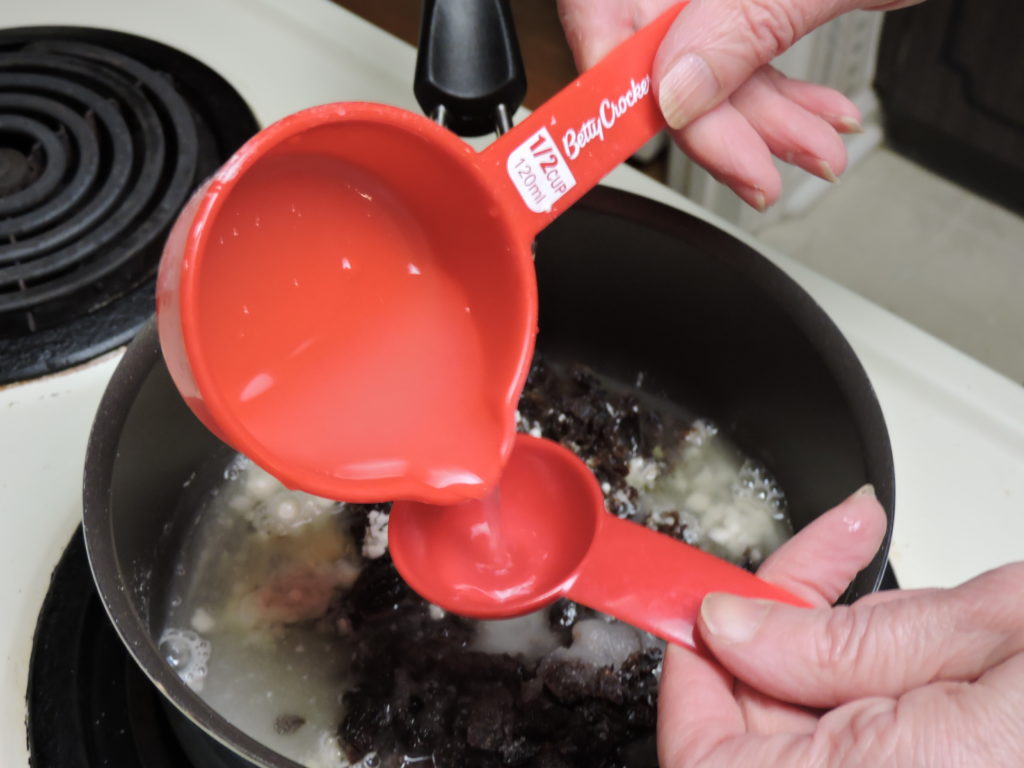
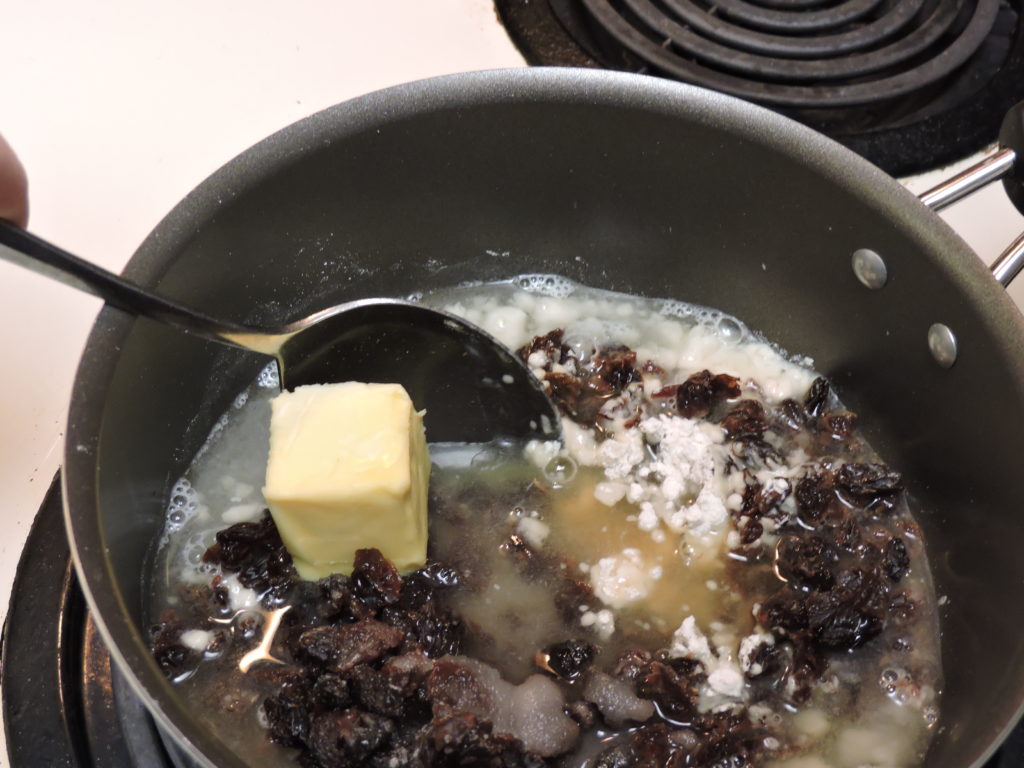
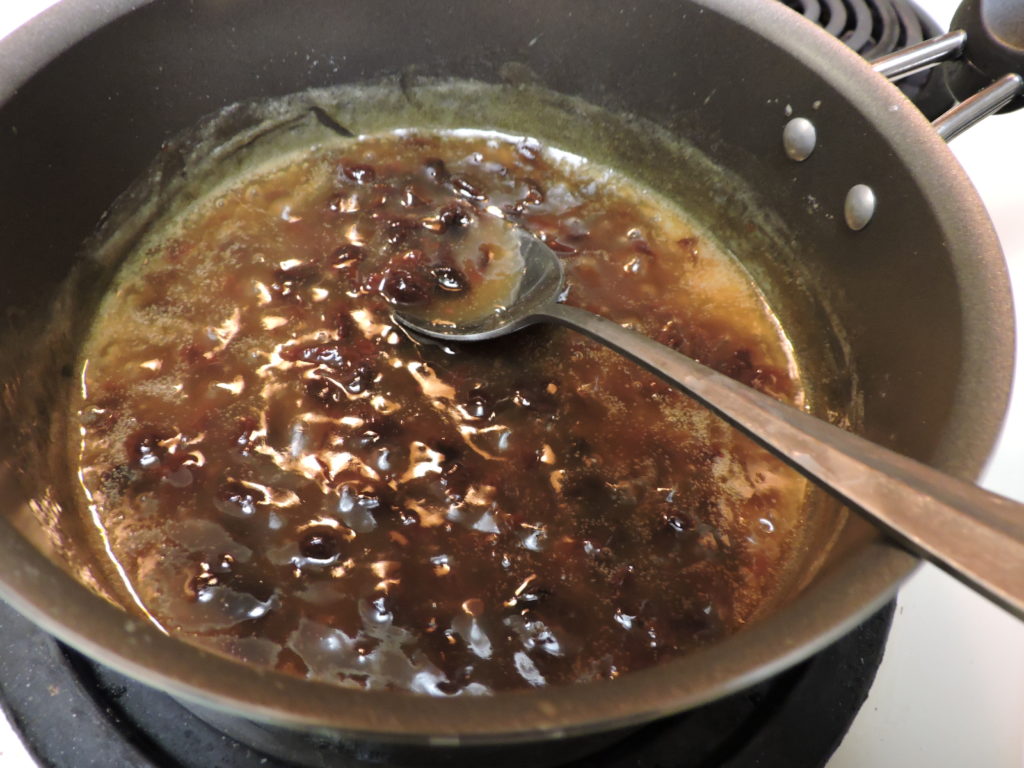
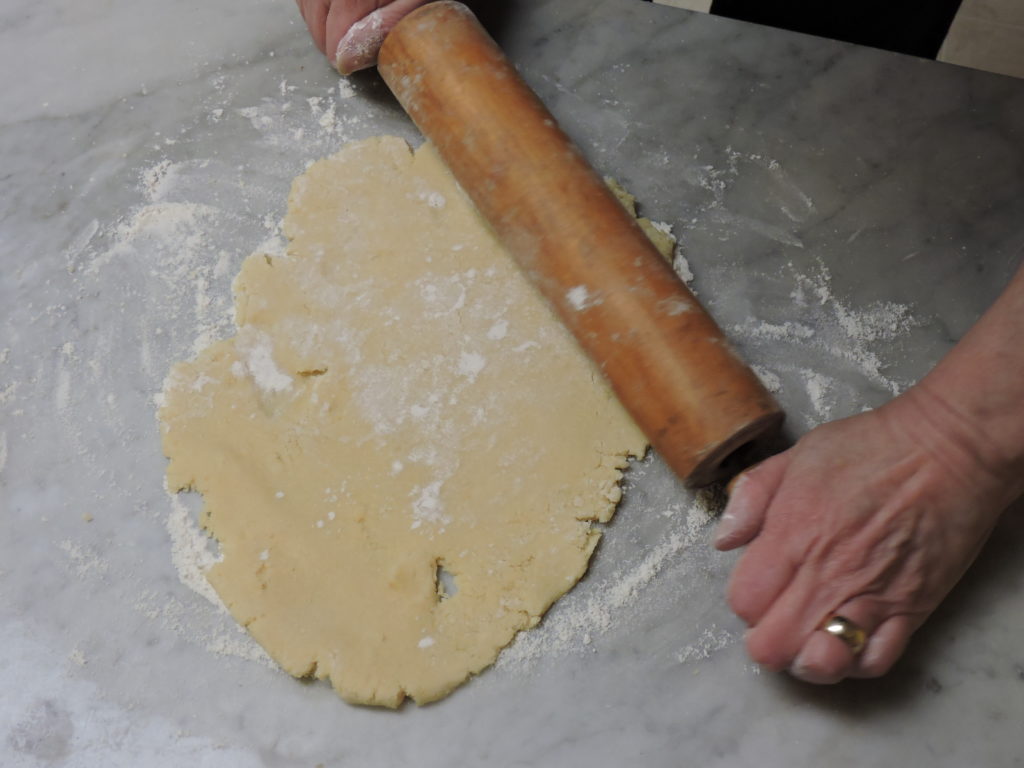
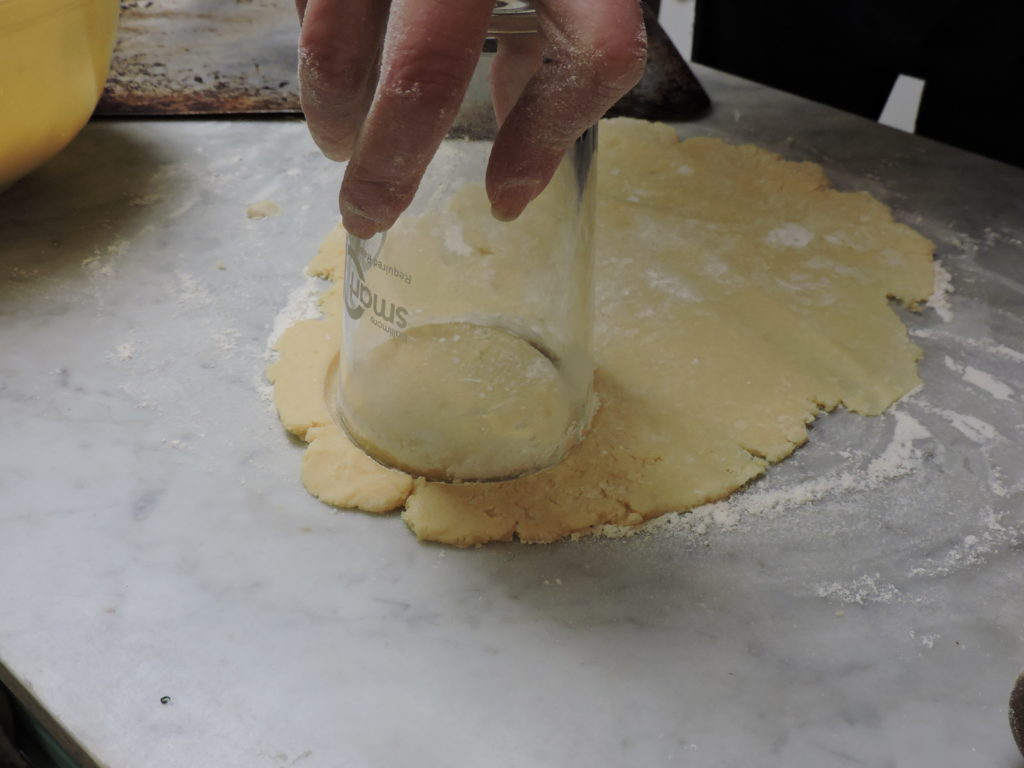
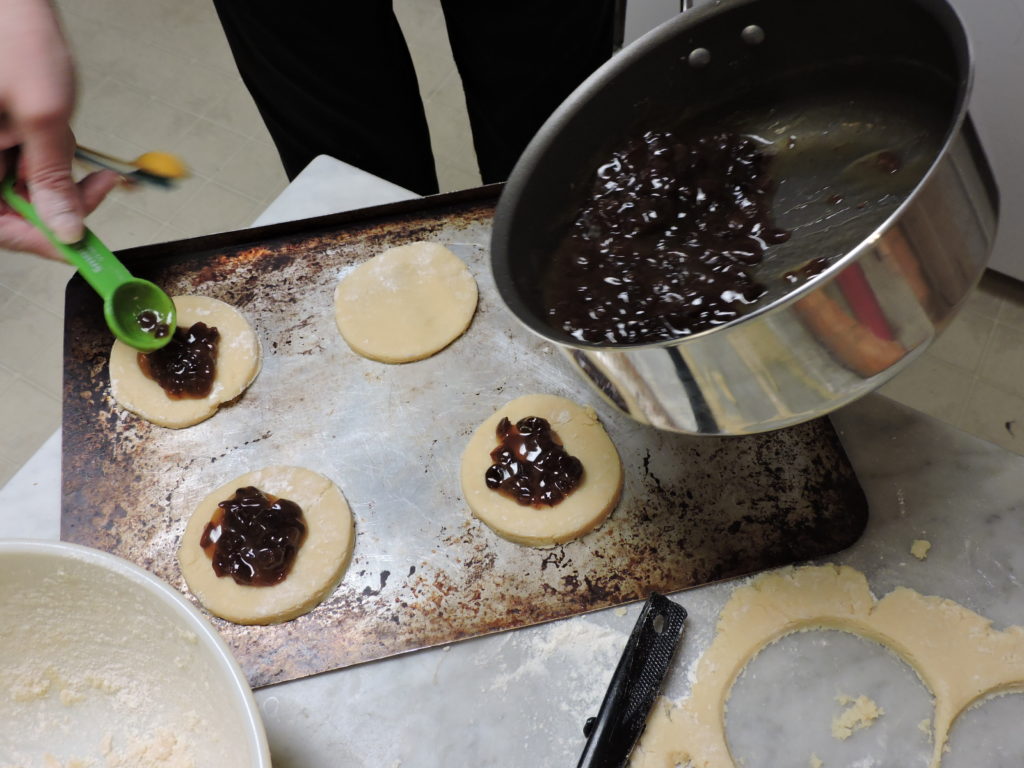
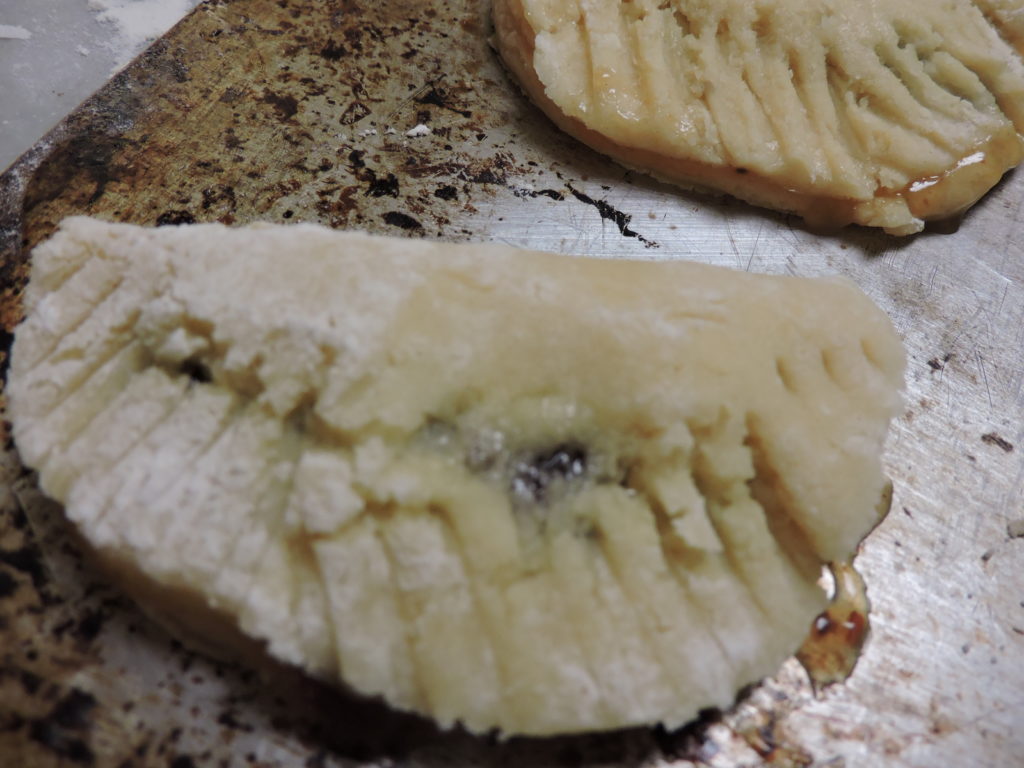

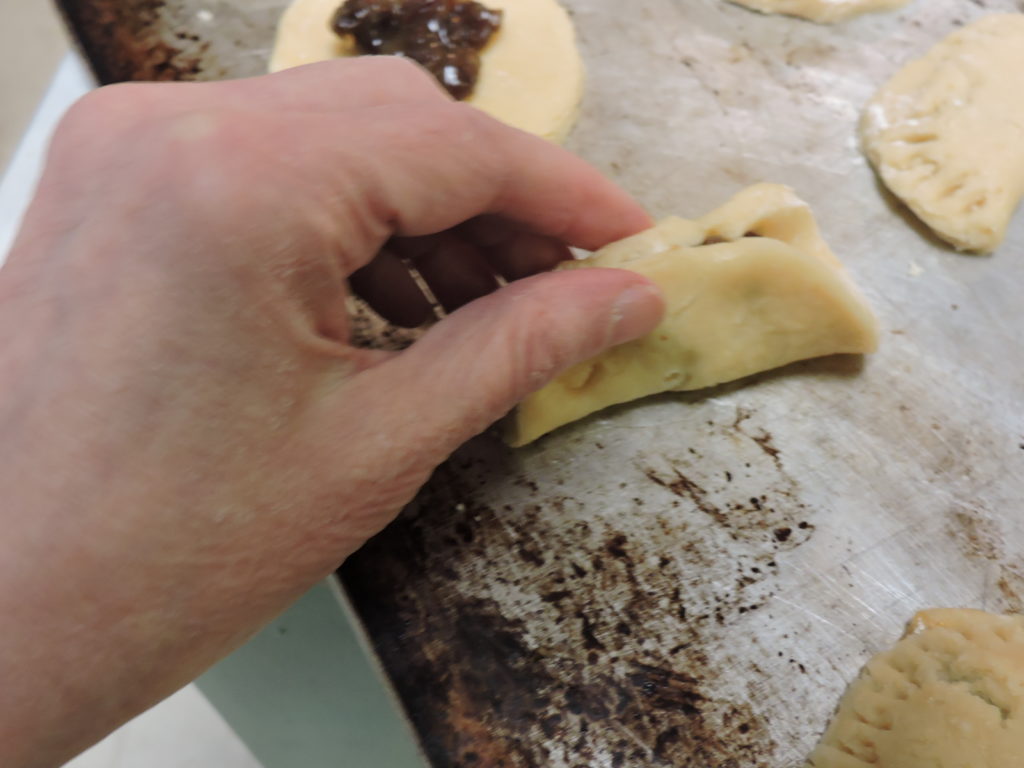
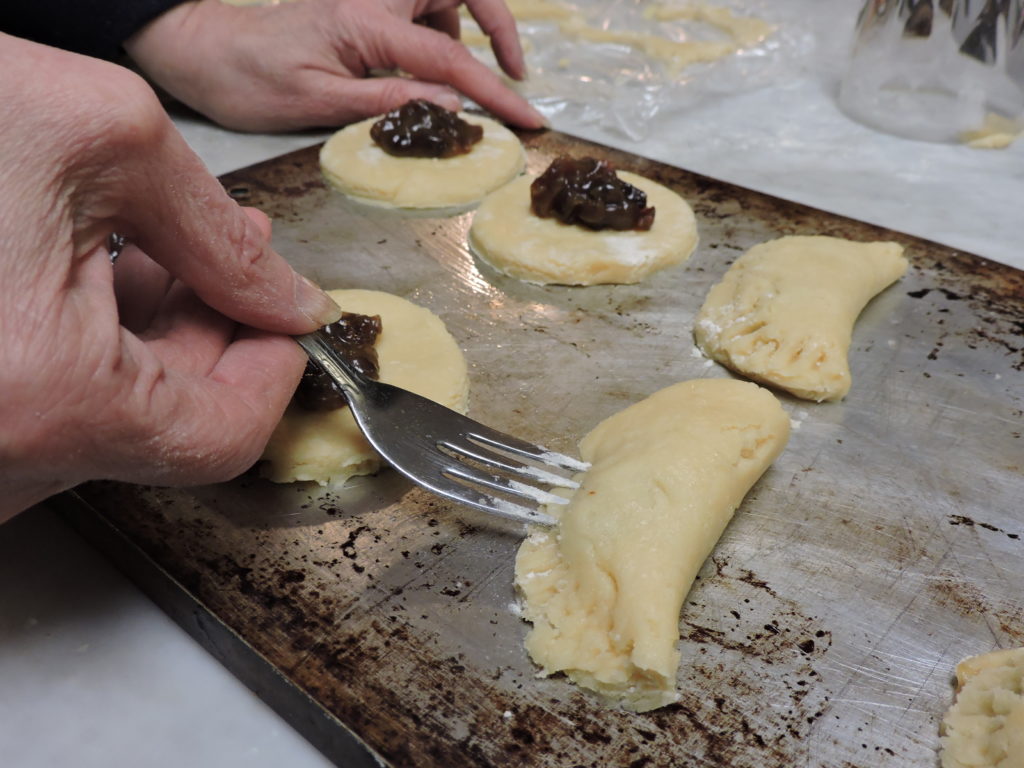
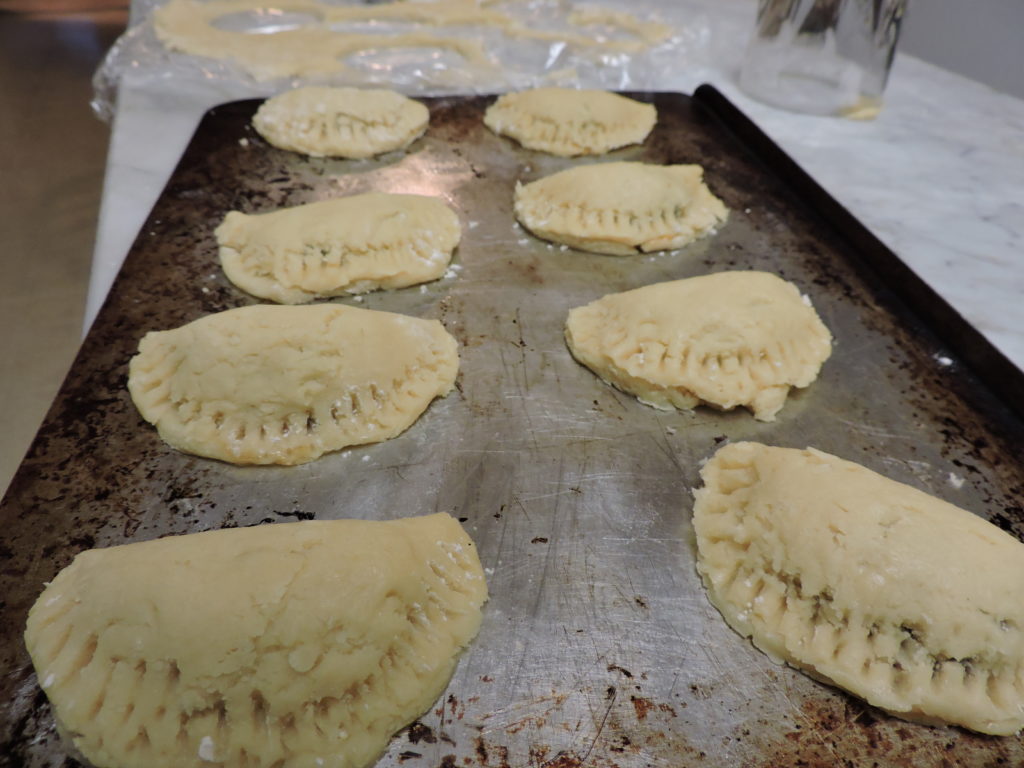
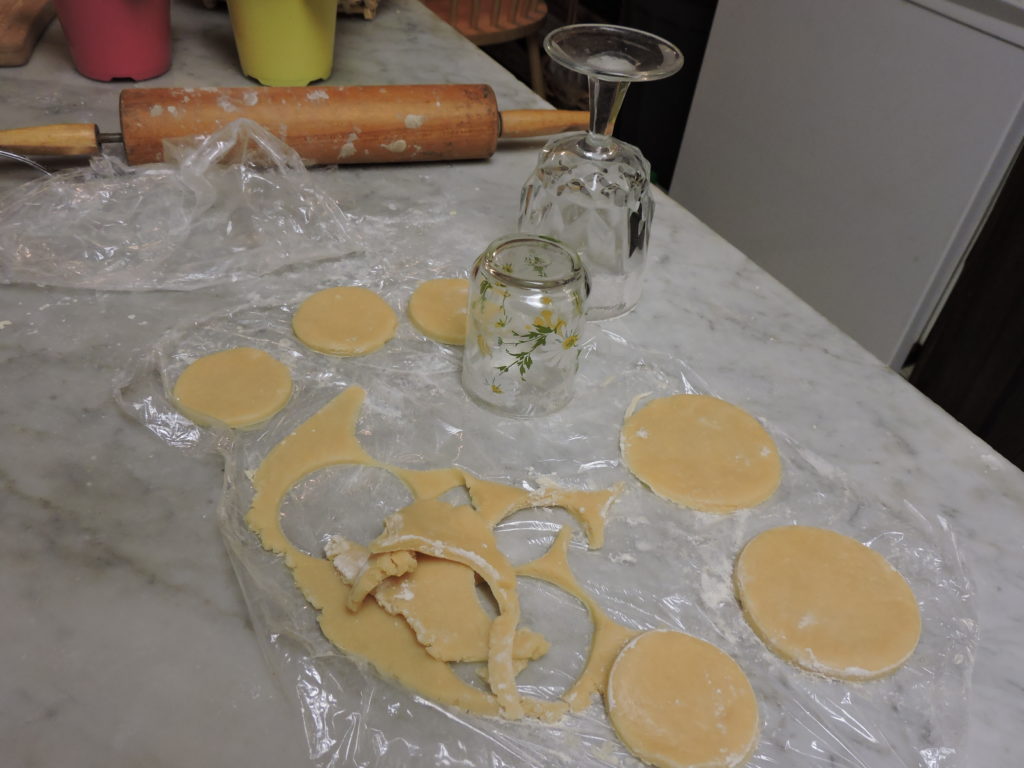
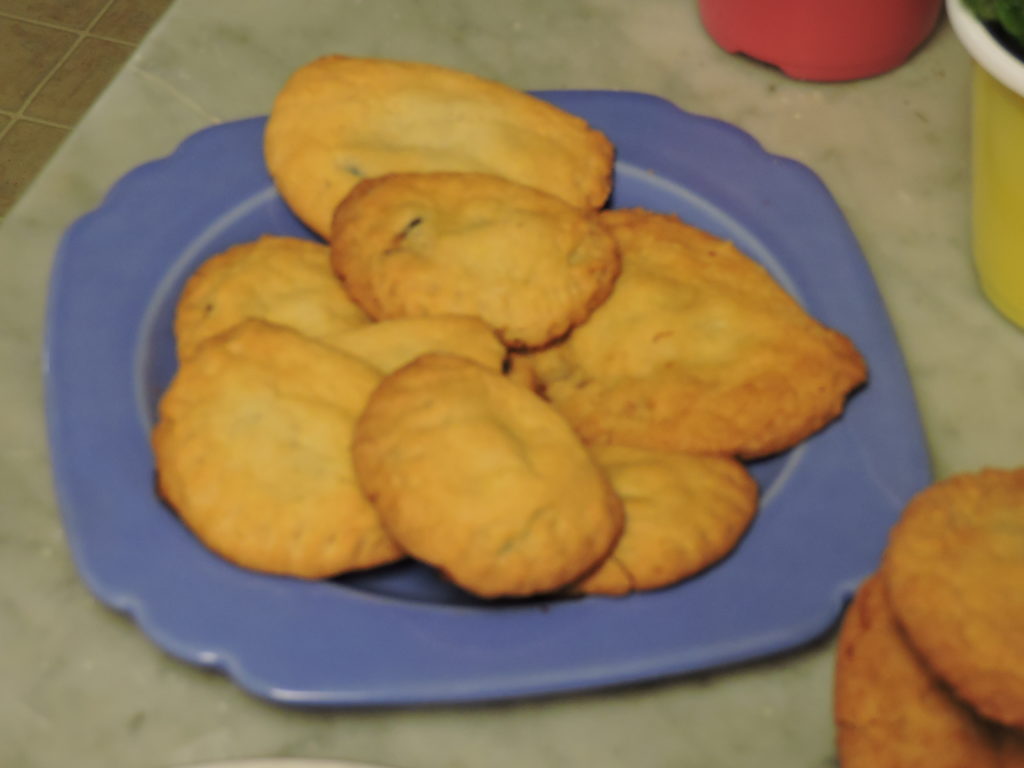
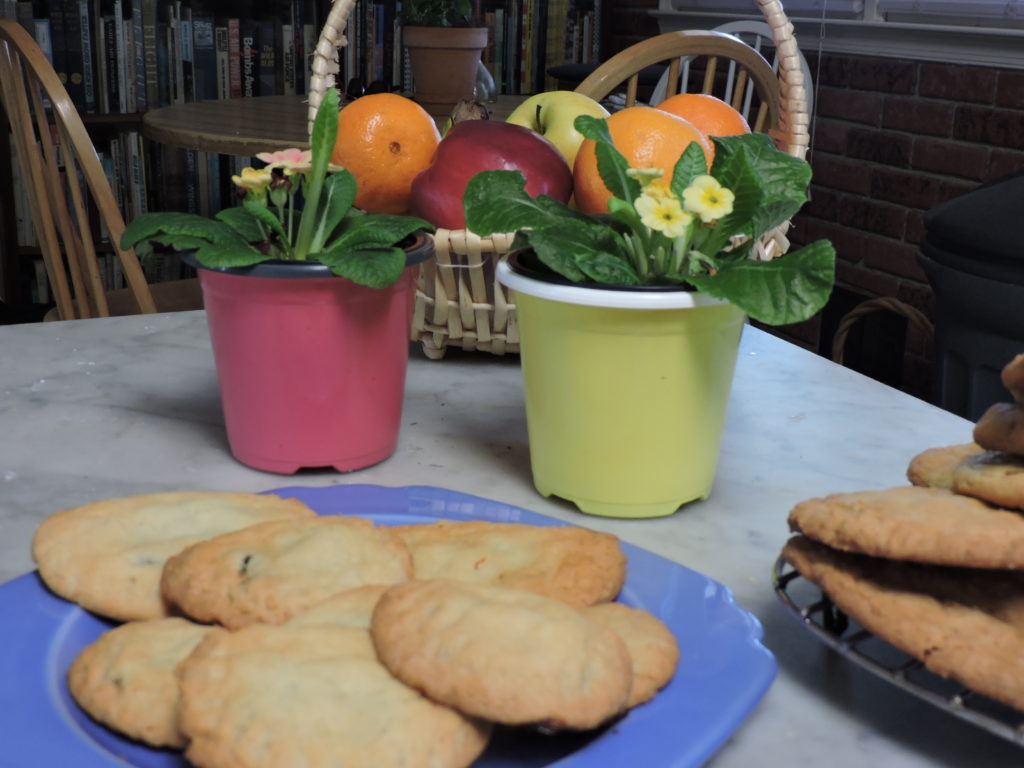
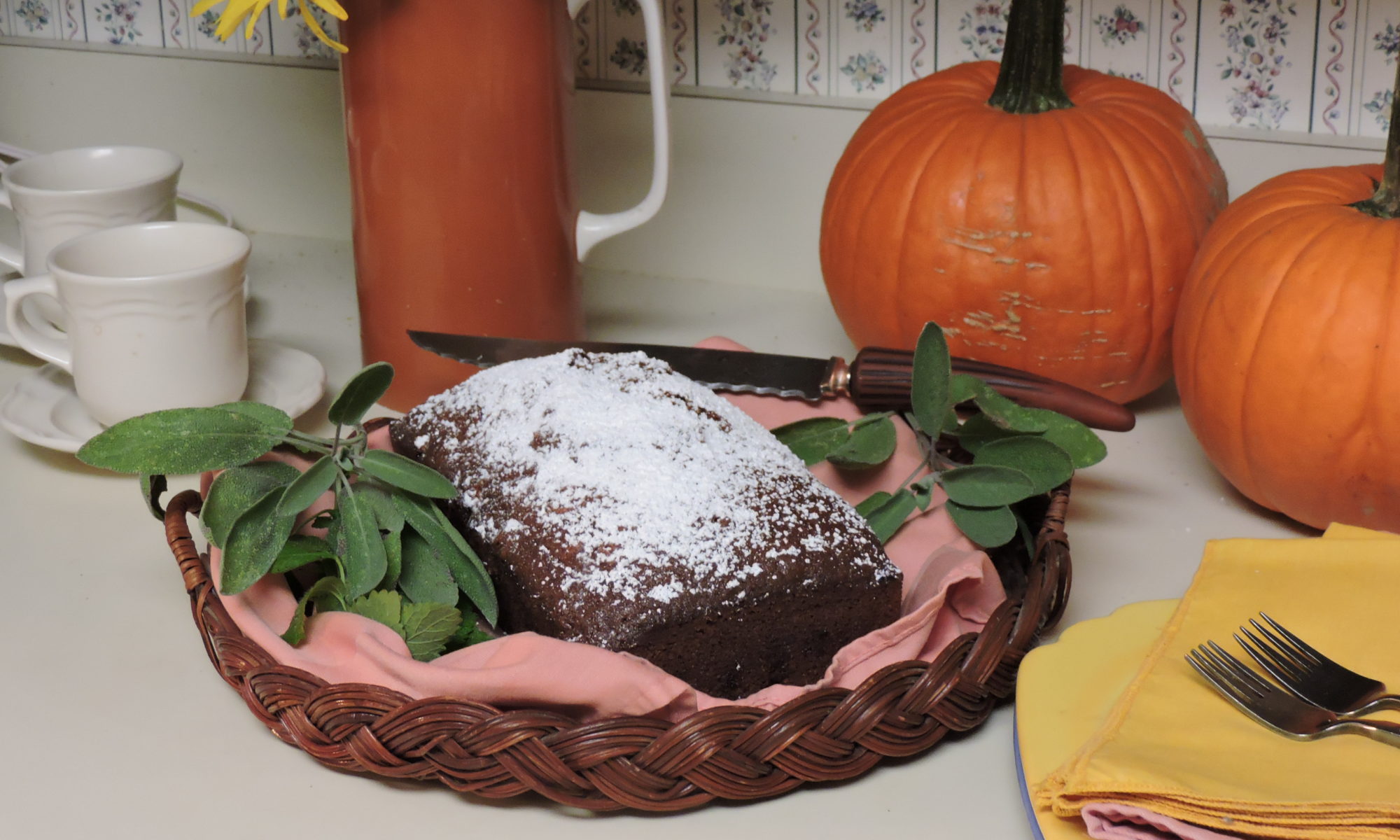

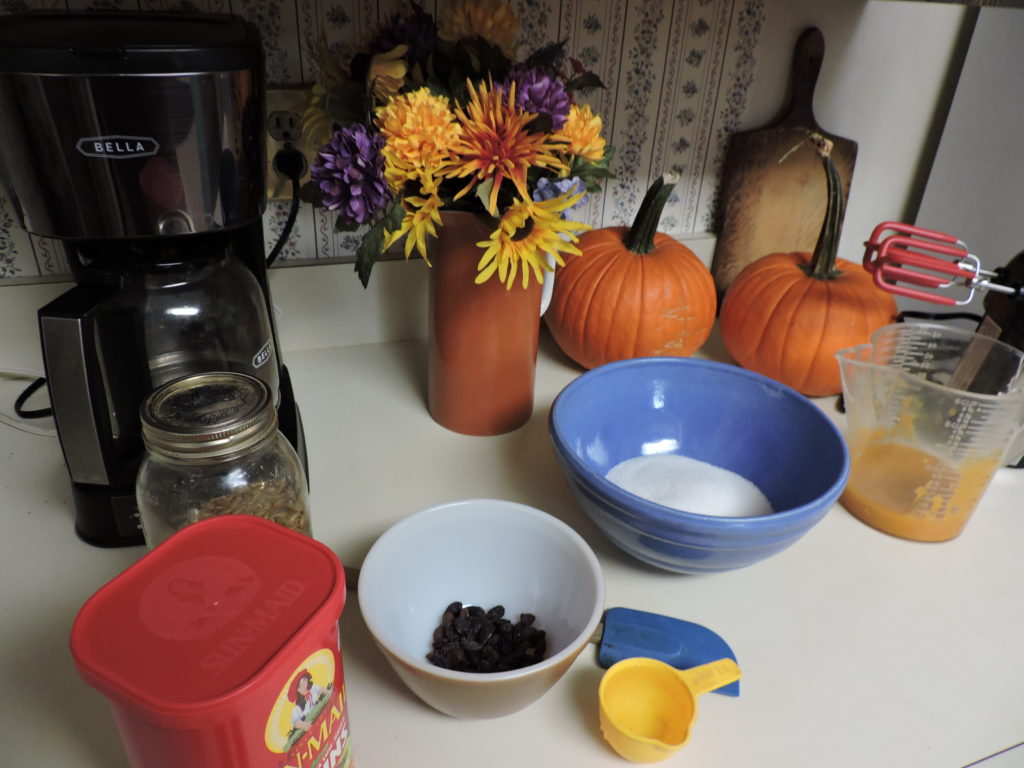
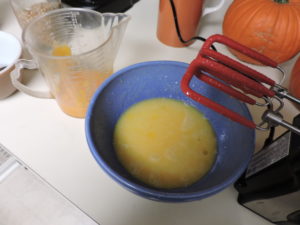
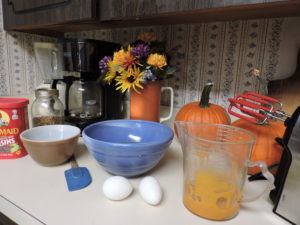
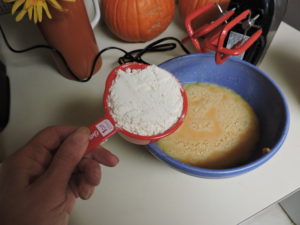
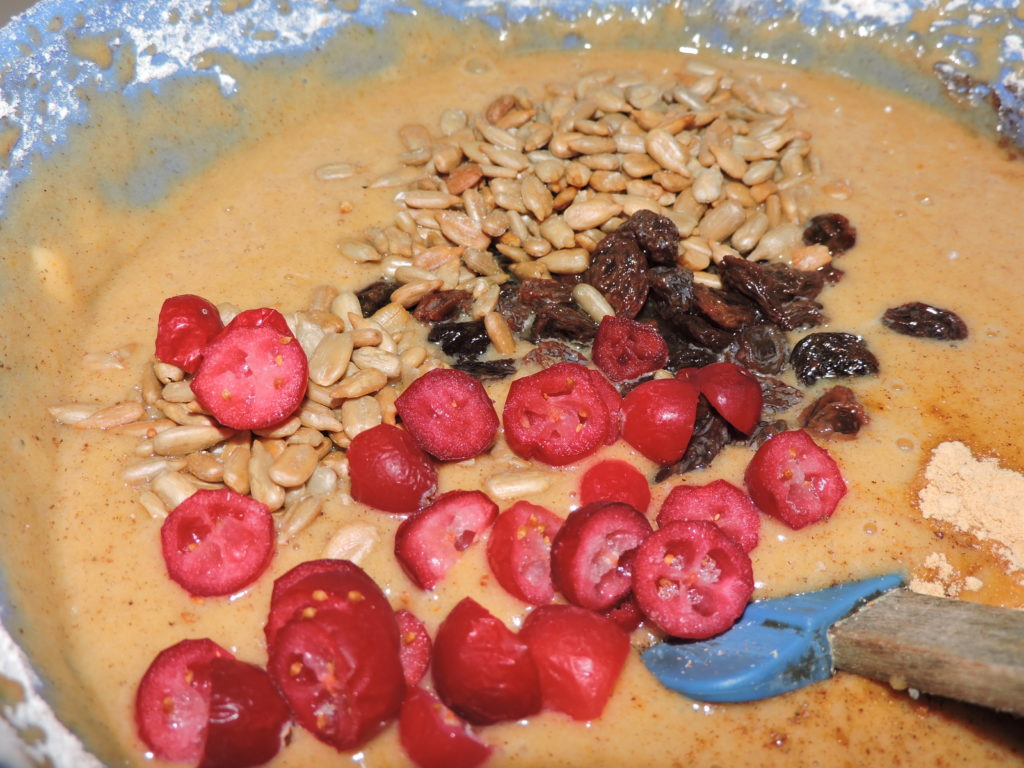

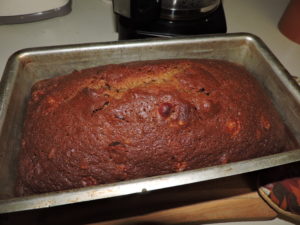
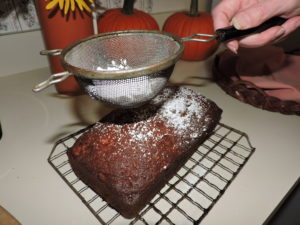
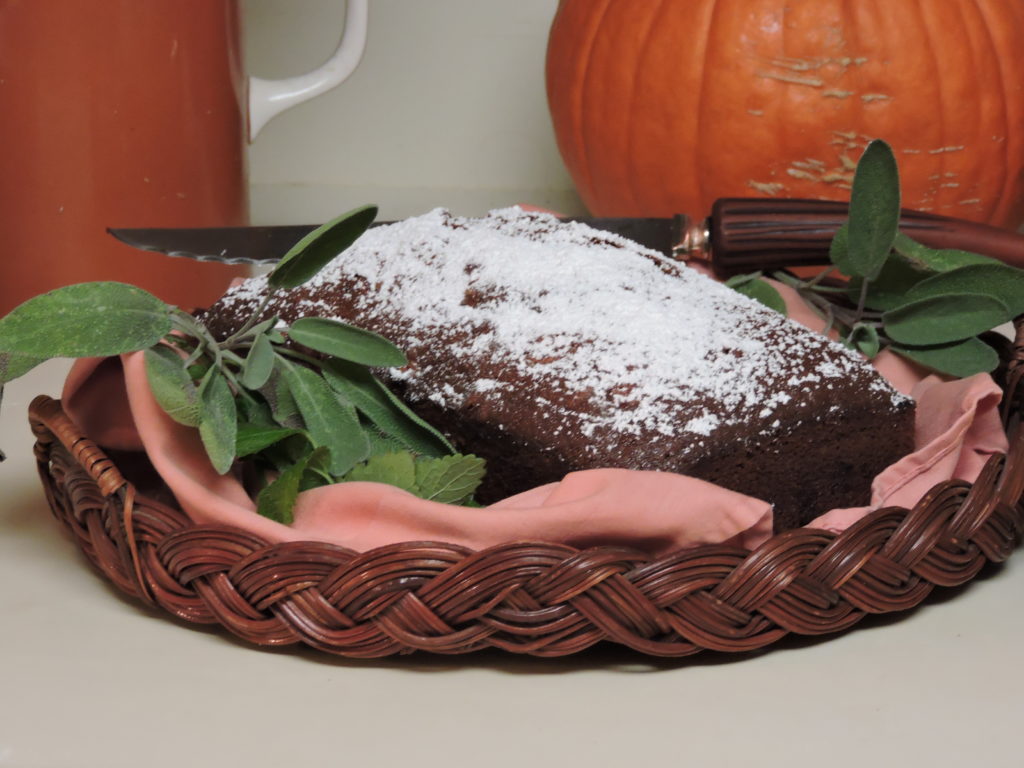 Offer slices to your family and friends with a glass of milk or a cup of coffee or tea. They’ll likely ask for seconds.
Offer slices to your family and friends with a glass of milk or a cup of coffee or tea. They’ll likely ask for seconds.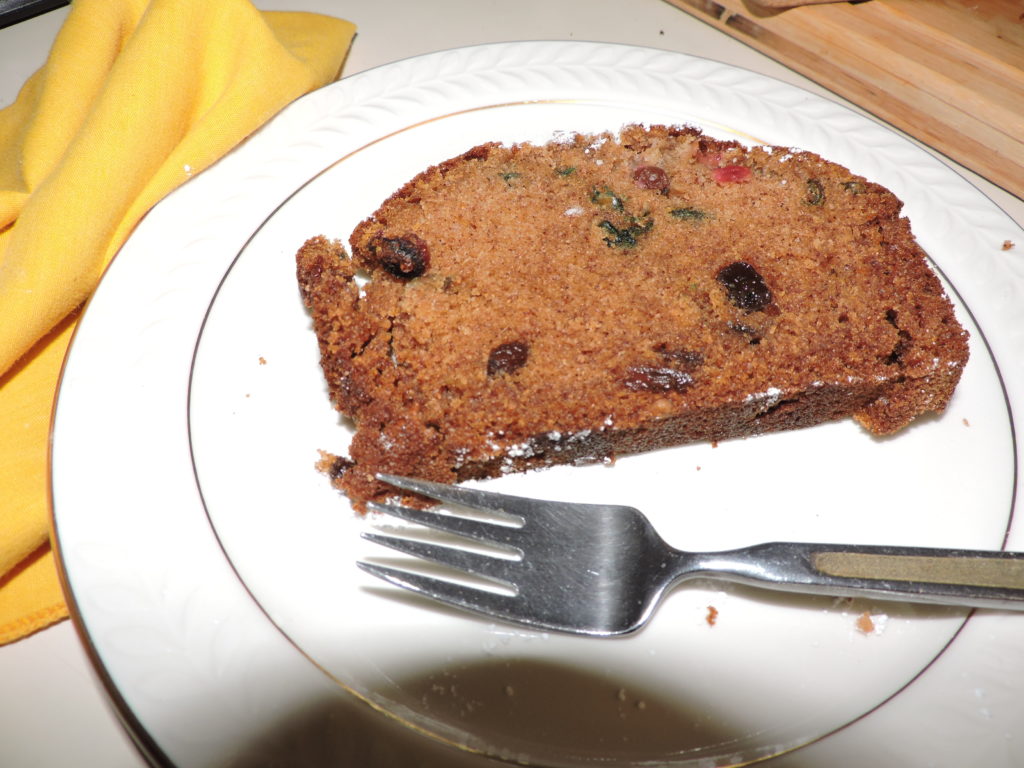
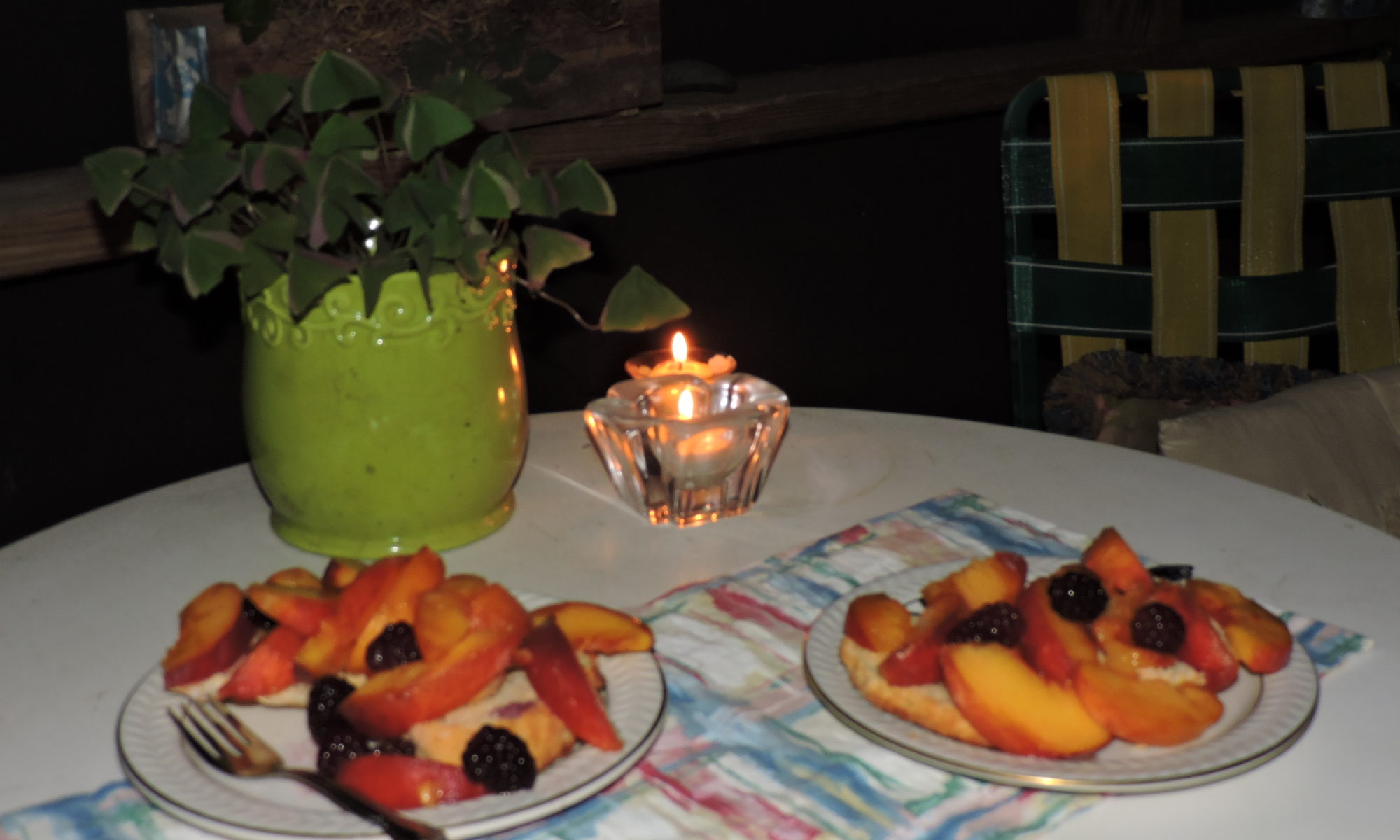
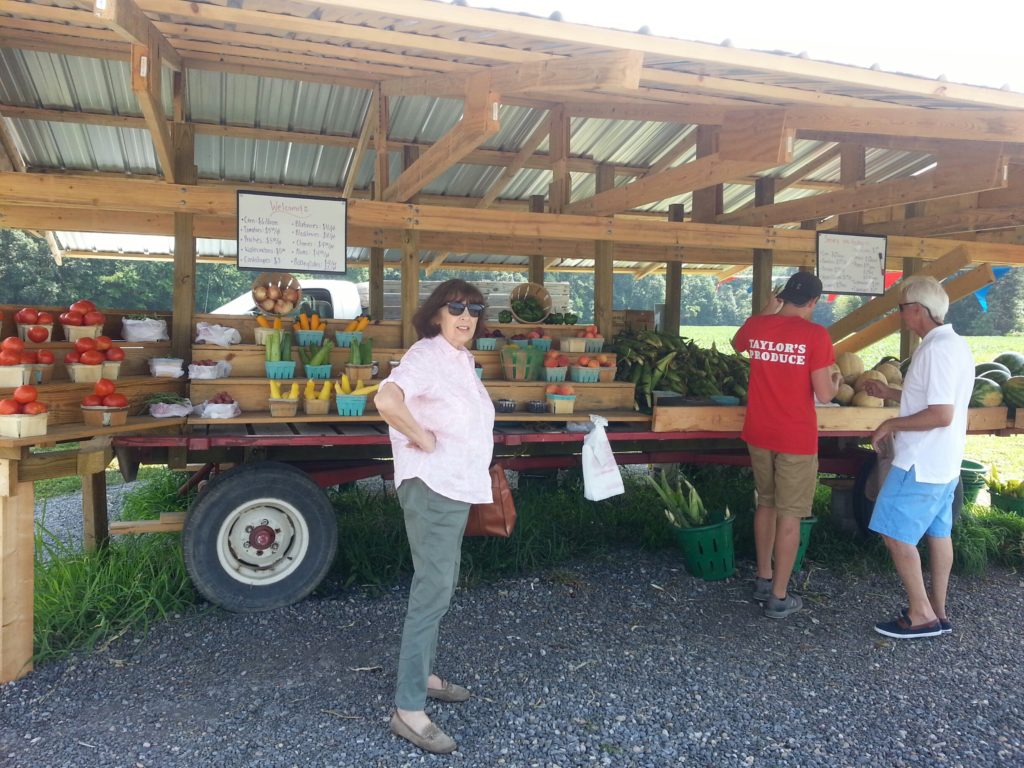





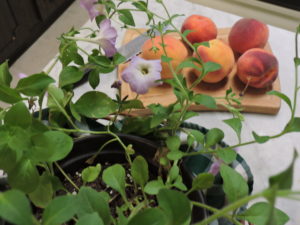
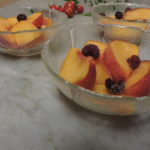 to fancy them up. Unlike my grandmothers who sometimes topped peaches with cream straight from the cow, I offered
to fancy them up. Unlike my grandmothers who sometimes topped peaches with cream straight from the cow, I offered  Luckily, I reserved enough peaches for that shortcake I was craving.
Luckily, I reserved enough peaches for that shortcake I was craving.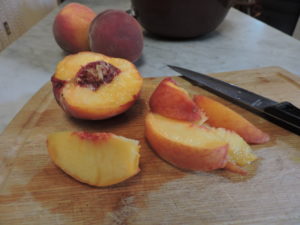 I first prepared the peaches by slicing them into a bowl, sprinkling a tablespoon or two of sugar over the top and placing them into the refrigerator. Then I got to work preparing the shortcake dough . Both grandmothers’ recipes are lost in time but I believe they modeled their shortcakes on biscuit recipes while my mother used
I first prepared the peaches by slicing them into a bowl, sprinkling a tablespoon or two of sugar over the top and placing them into the refrigerator. Then I got to work preparing the shortcake dough . Both grandmothers’ recipes are lost in time but I believe they modeled their shortcakes on biscuit recipes while my mother used 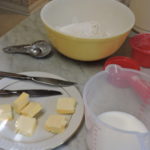
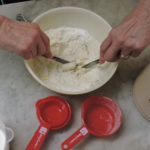
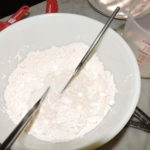
 Use a three inch cutter or glass dusted with flour to make rounds of dough and place on a cookie sheet. (I use my faithful old aluminum one.)
Use a three inch cutter or glass dusted with flour to make rounds of dough and place on a cookie sheet. (I use my faithful old aluminum one.)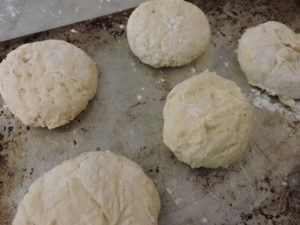
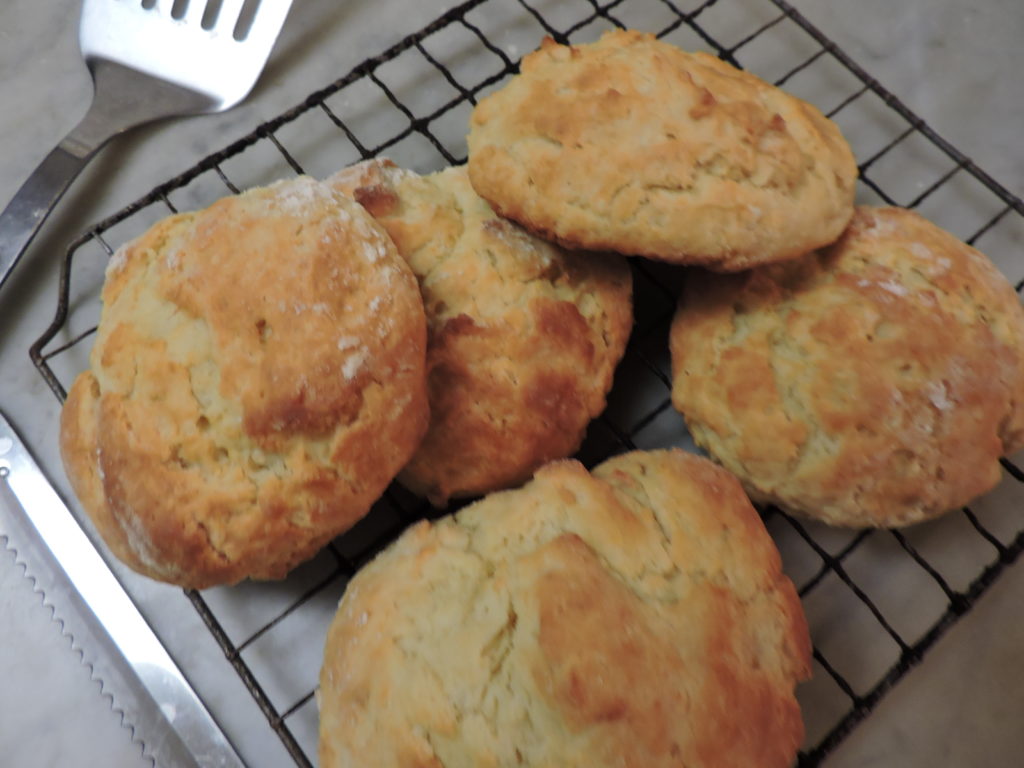
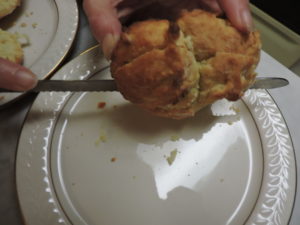
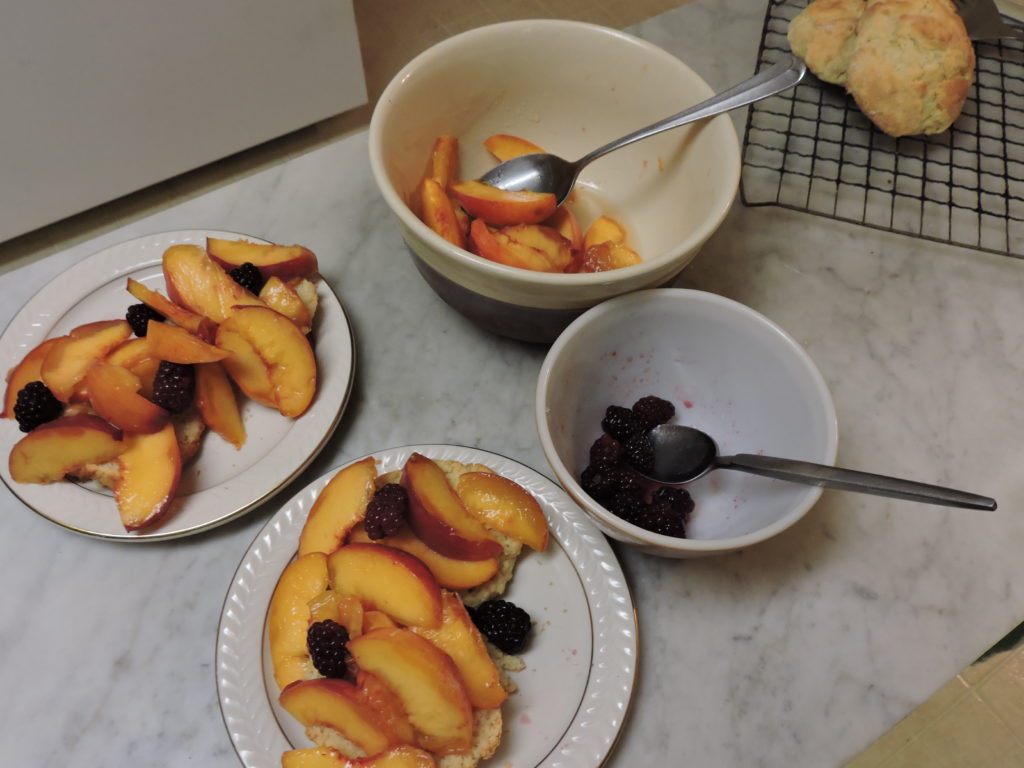

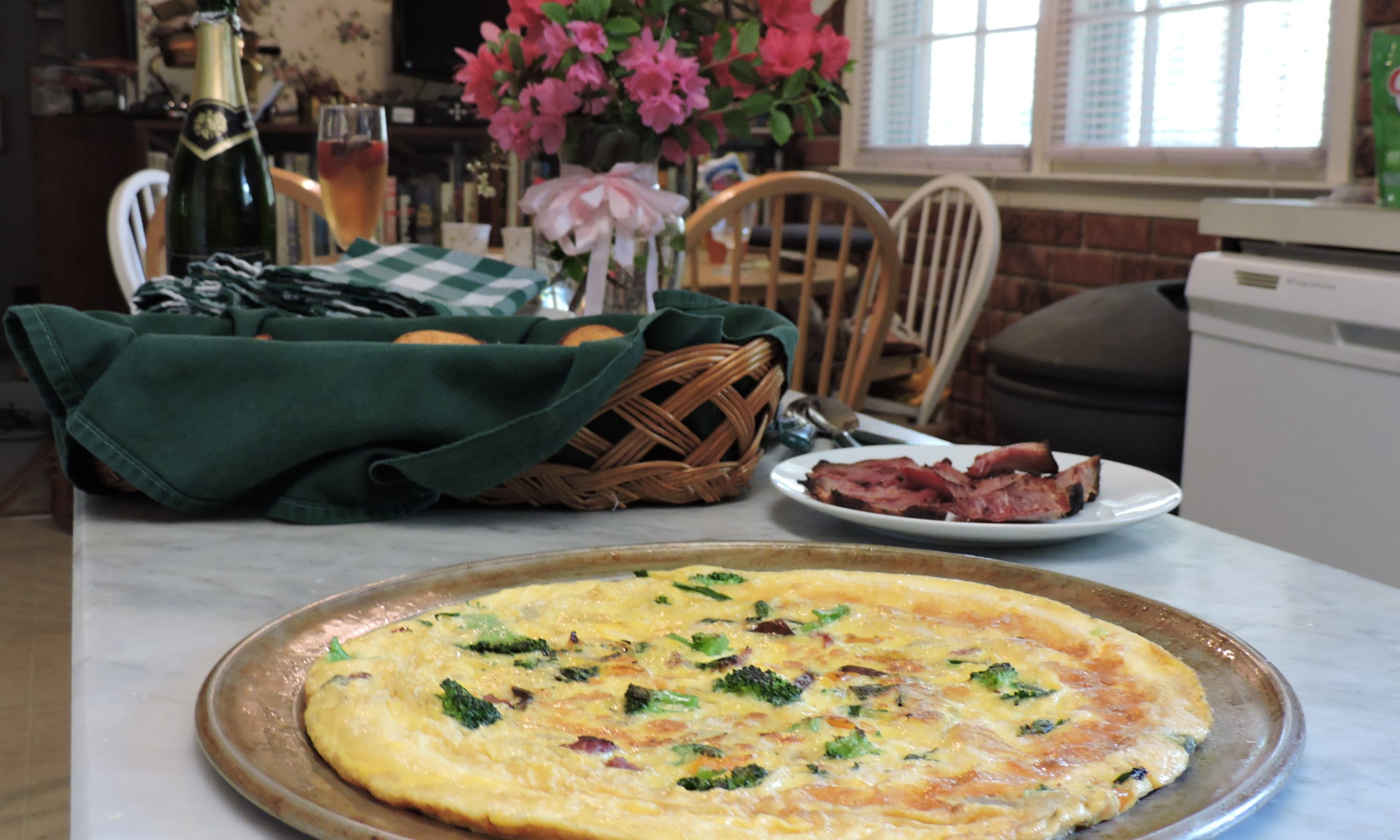

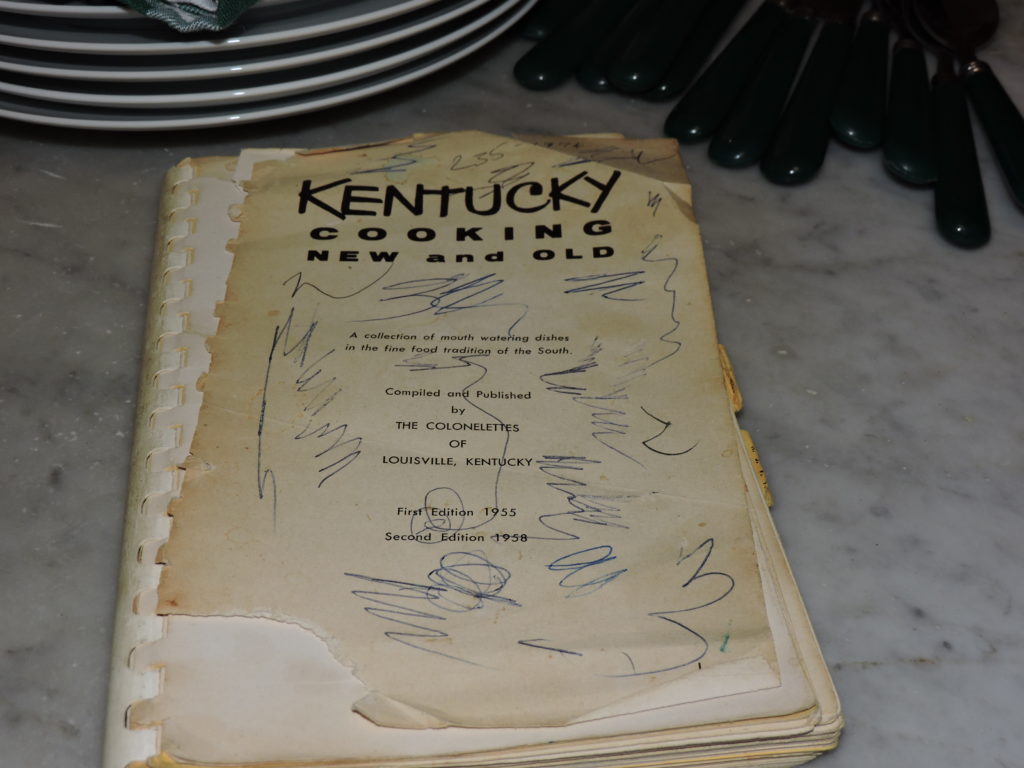 Thumbing through one day, I came across the menu for the Susemichels’ Derby Breakfast seen below. I adopted the basic menu but generally prepare mine as a brunch. I love the idea of a simple but elegant Champagne Compote floating with strawberries. But I change out the scrambled eggs for an omelette and sometimes substitute corn or oatmeal muffins for the biscuits. I invited my son Eric Tegler- a deft hand with omelettes or fish – to come cook with me.
Thumbing through one day, I came across the menu for the Susemichels’ Derby Breakfast seen below. I adopted the basic menu but generally prepare mine as a brunch. I love the idea of a simple but elegant Champagne Compote floating with strawberries. But I change out the scrambled eggs for an omelette and sometimes substitute corn or oatmeal muffins for the biscuits. I invited my son Eric Tegler- a deft hand with omelettes or fish – to come cook with me.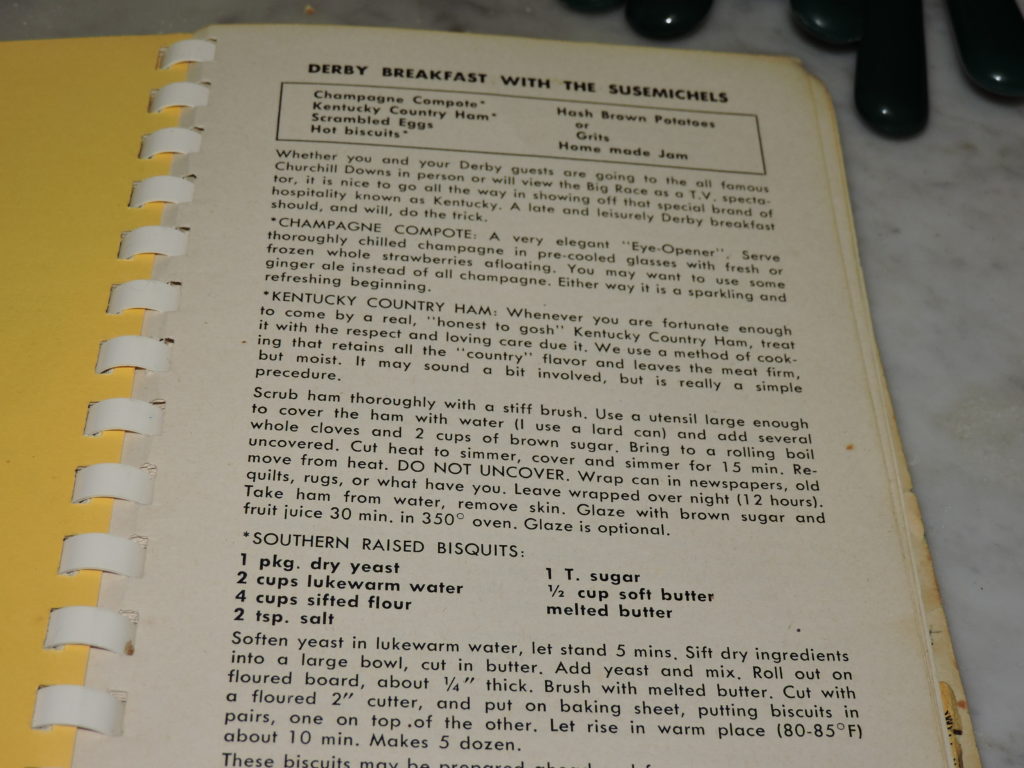
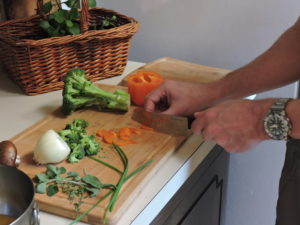
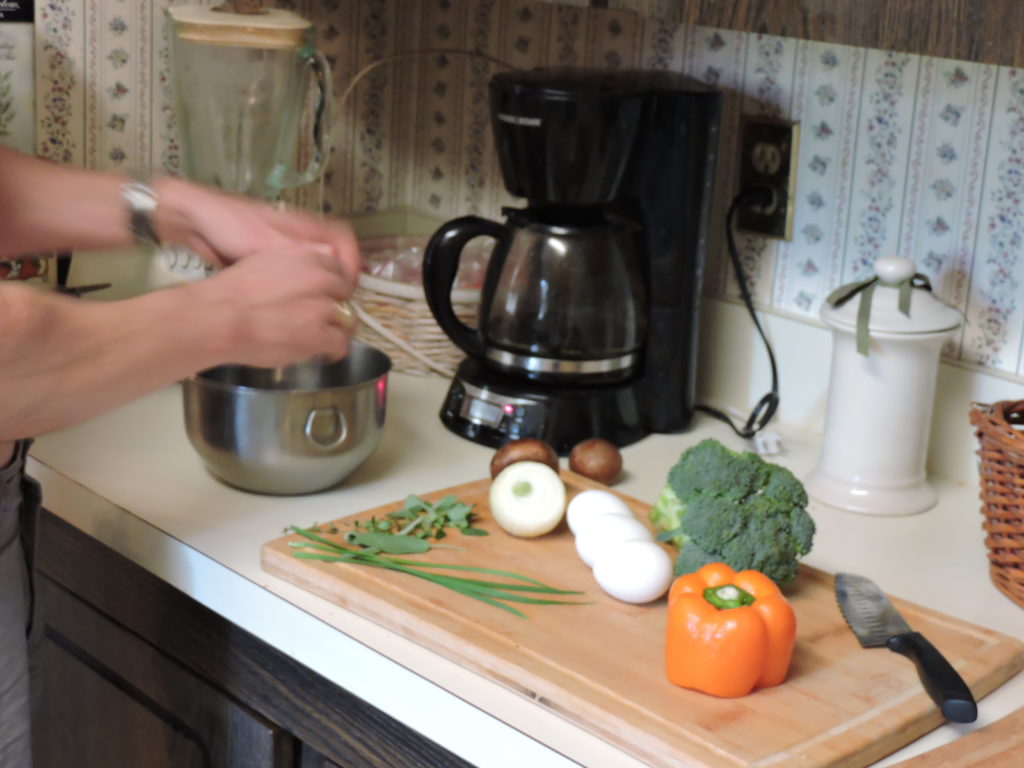
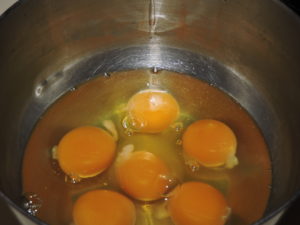
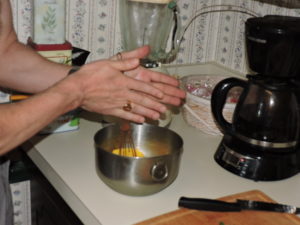 Eric’s whisking technique is unconventional to say the least. He rotates the whisk handle between his palms “at speed”. He compares the action to using a vintage hand-drill.
Eric’s whisking technique is unconventional to say the least. He rotates the whisk handle between his palms “at speed”. He compares the action to using a vintage hand-drill.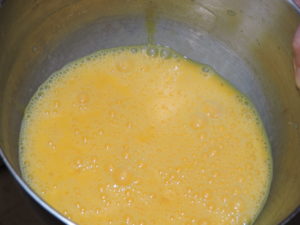
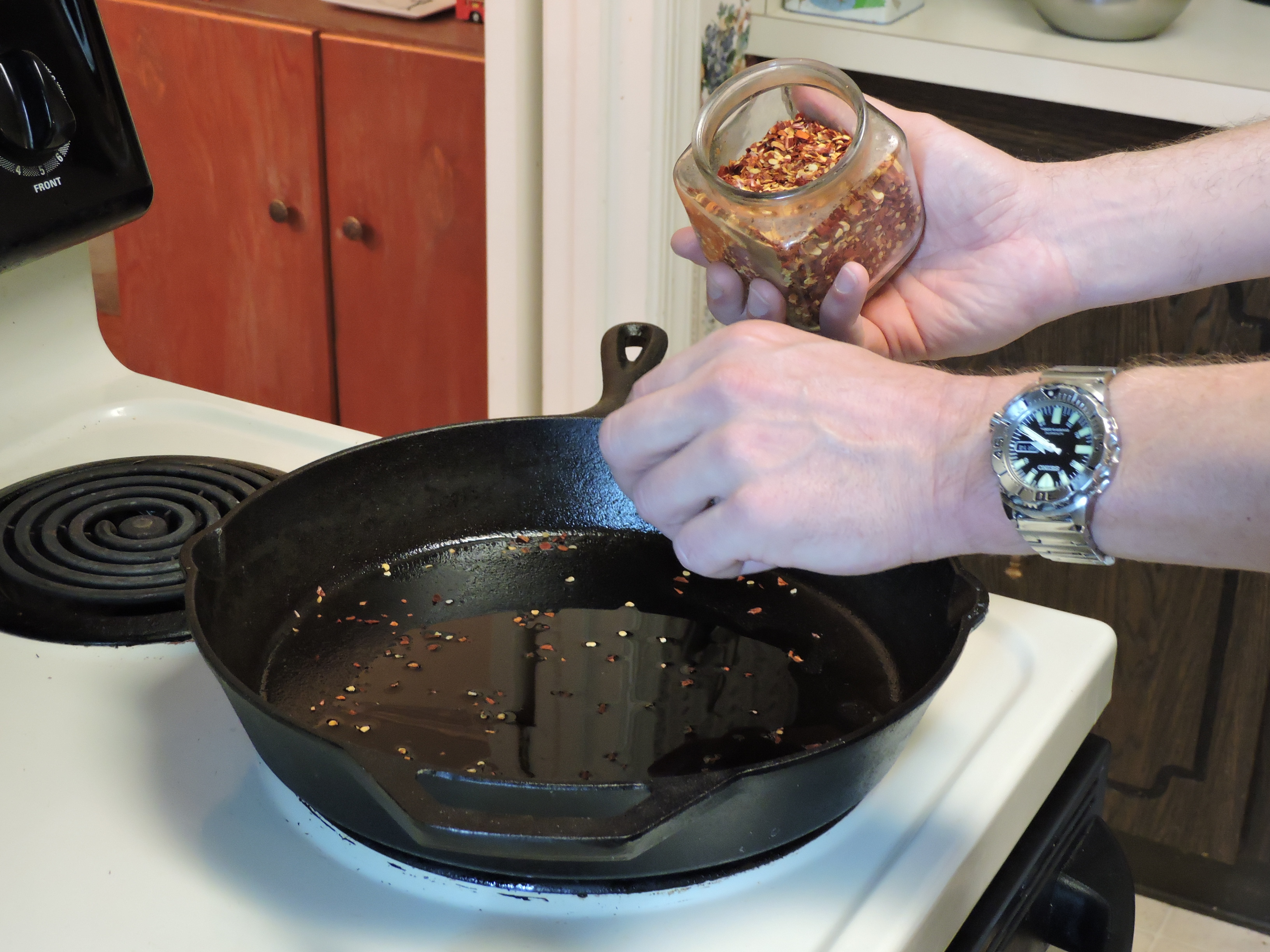 Add diced veggies all at once…
Add diced veggies all at once… 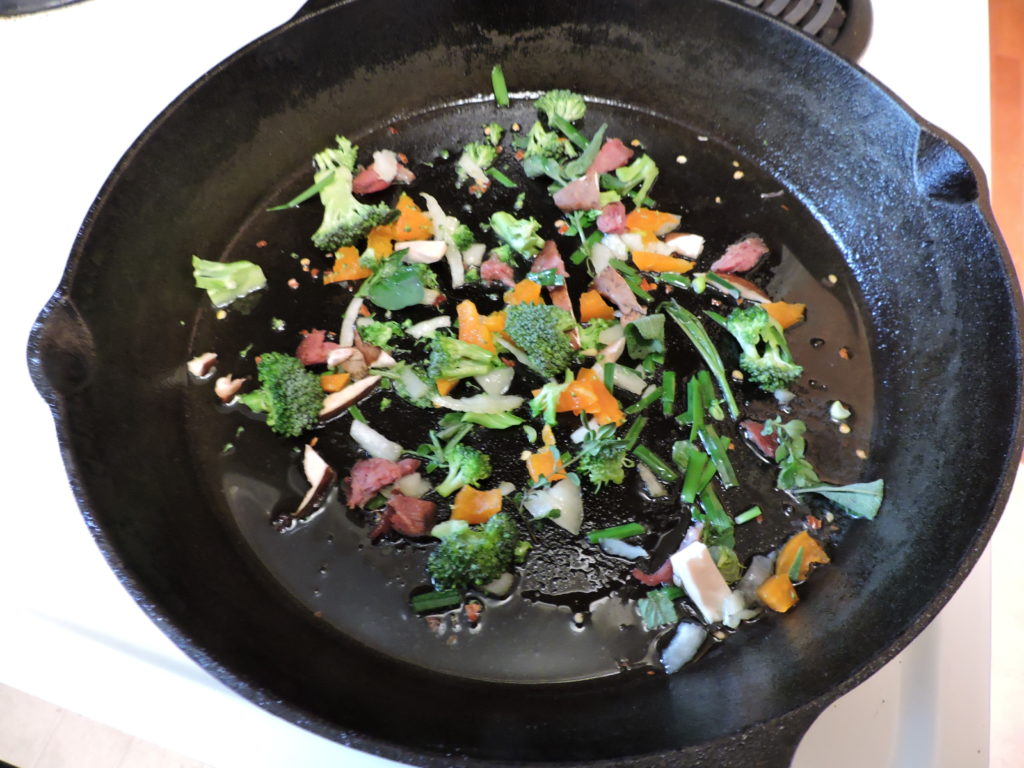
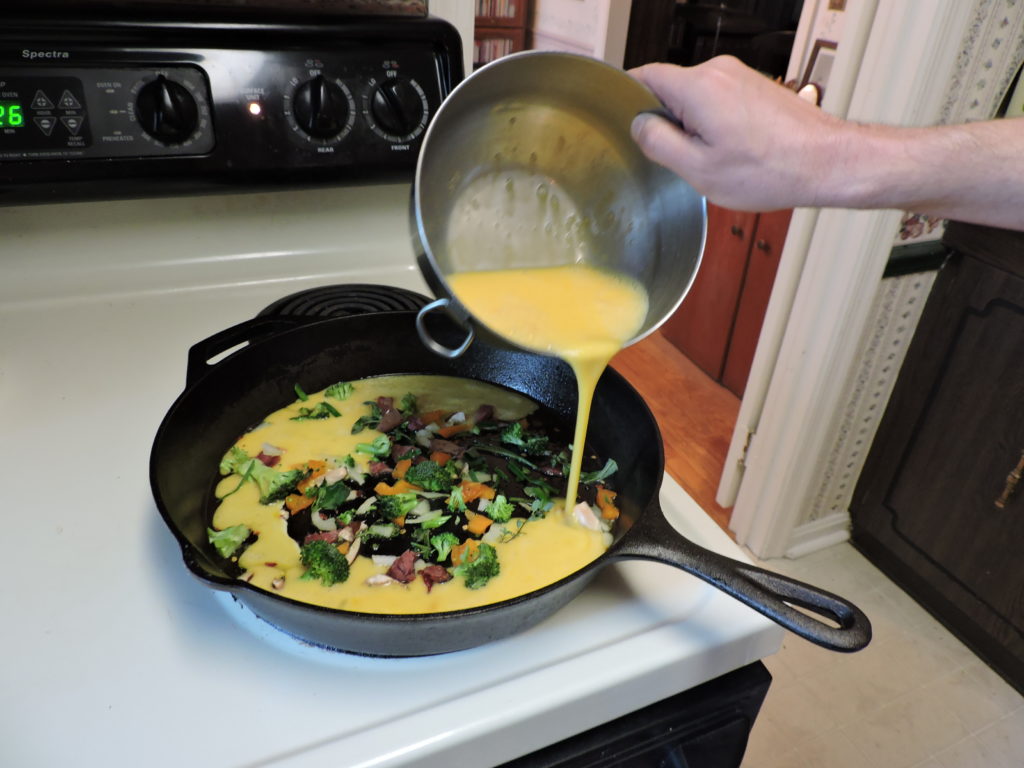 Ta da!
Ta da!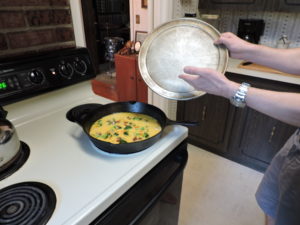
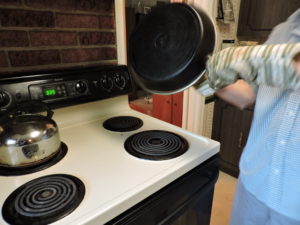
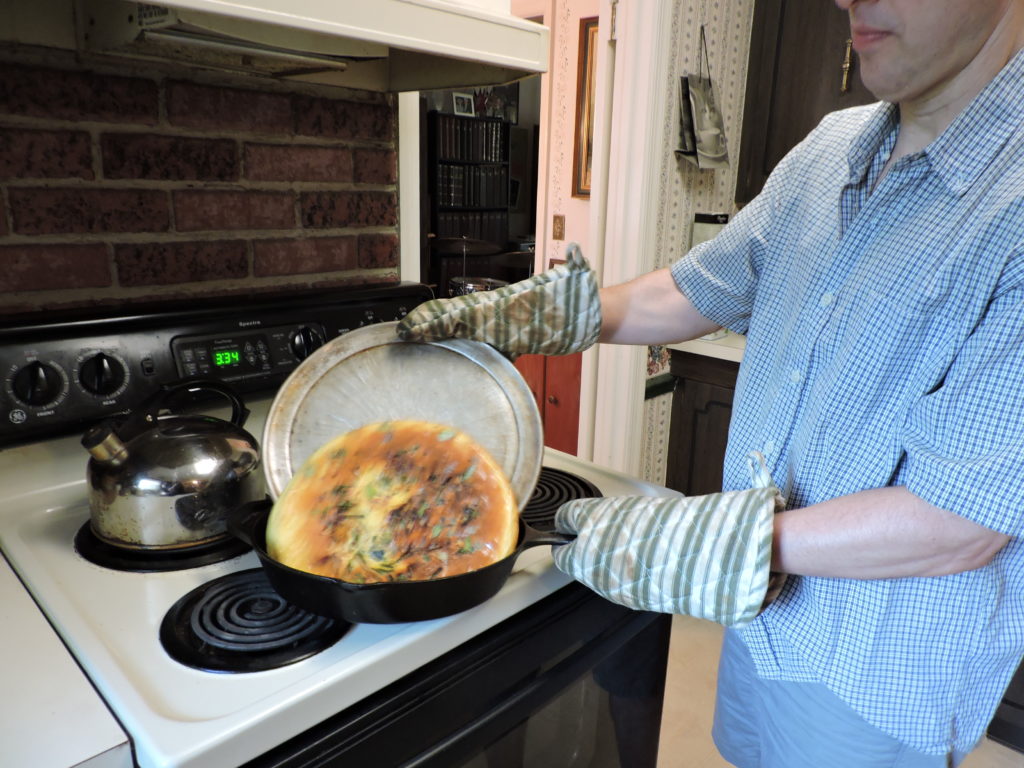
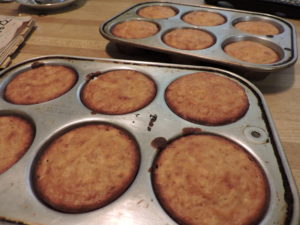 the (chilled) champagne and pour it over frozen strawberries and black raspberries. Check the omelette and, if done, slide it out onto the pizza pan which doubles as a serving plate. Then invite your guests to grab a plate, help themselves and find a seat at the table.
the (chilled) champagne and pour it over frozen strawberries and black raspberries. Check the omelette and, if done, slide it out onto the pizza pan which doubles as a serving plate. Then invite your guests to grab a plate, help themselves and find a seat at the table.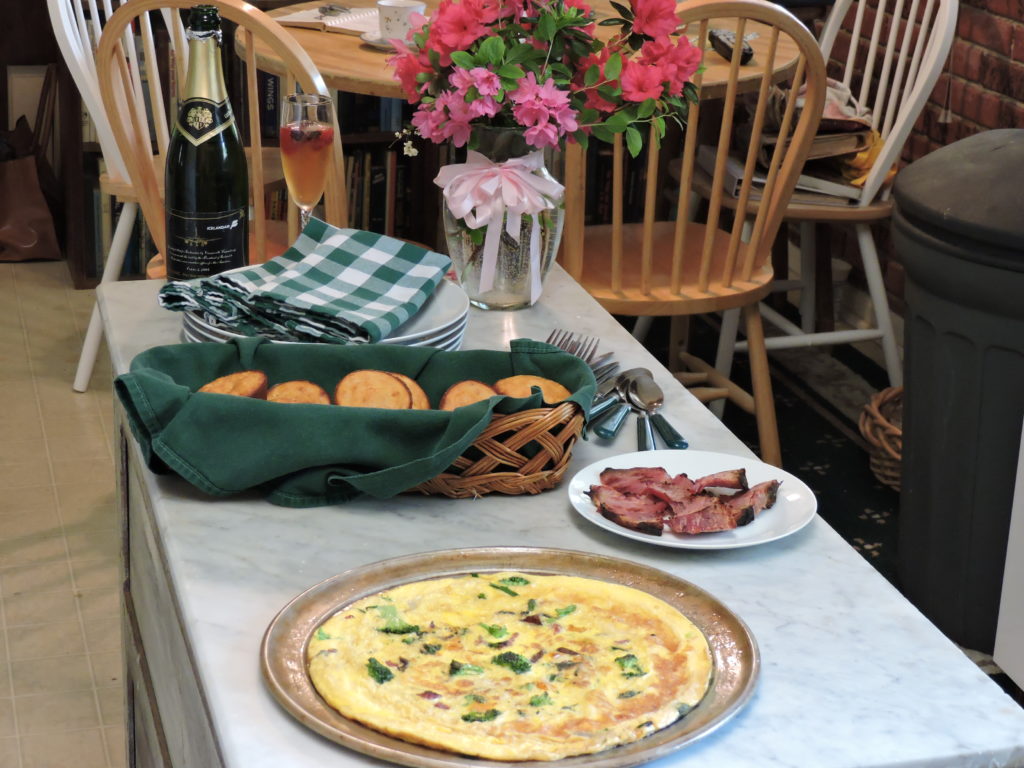


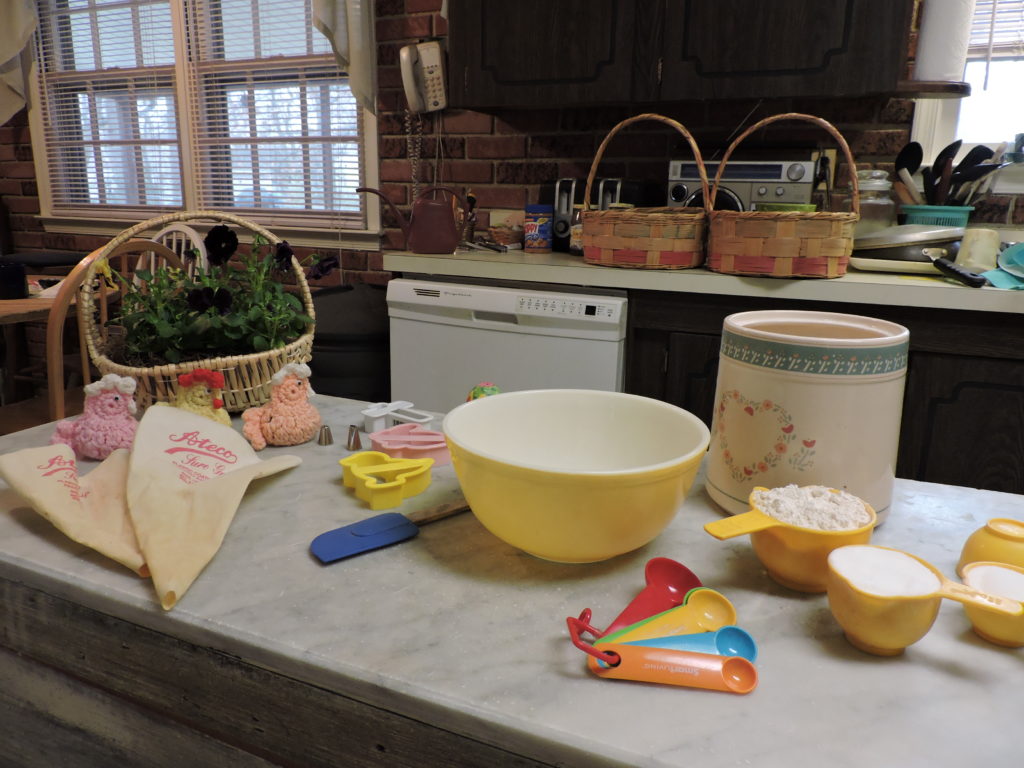
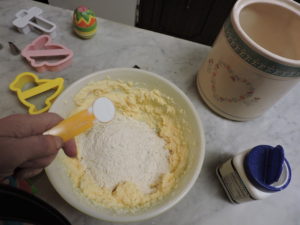
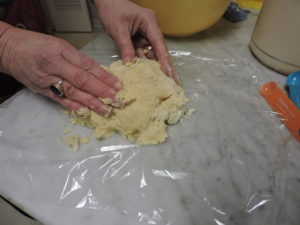
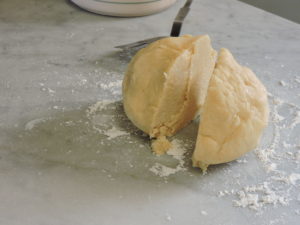 lightly floured surface.
lightly floured surface.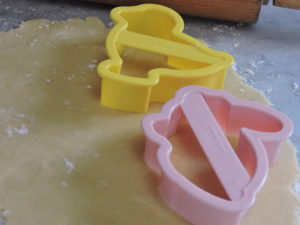
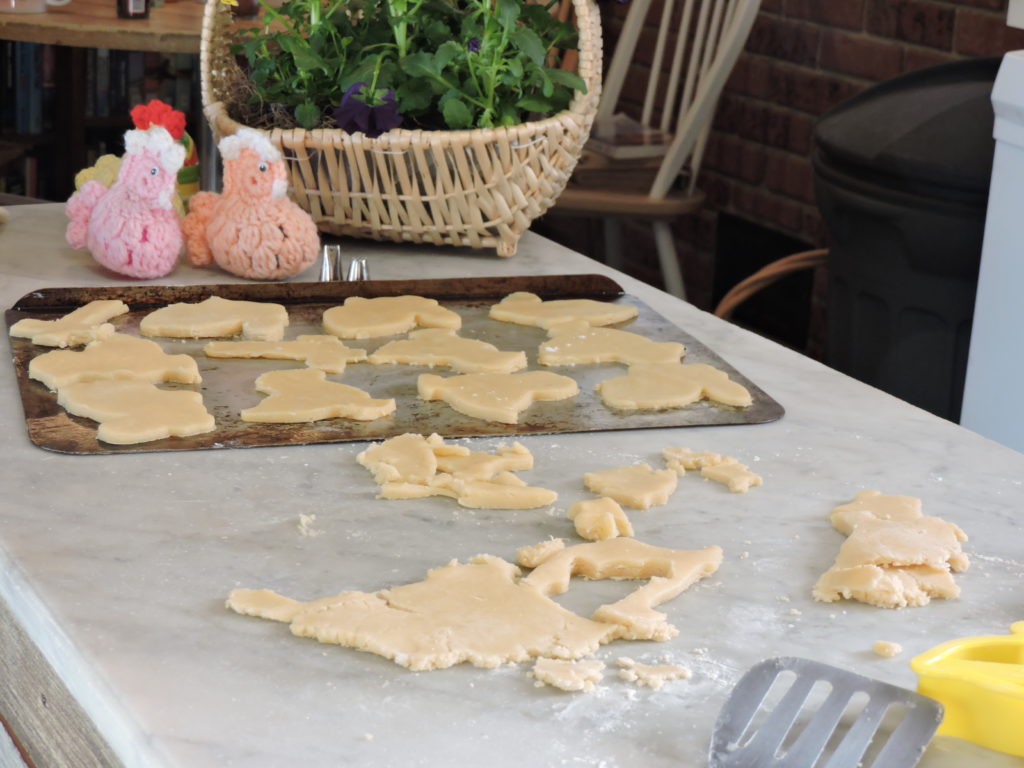 Cool on a rack and prepare icing. Divide into as many bowls as you like and add food coloring.
Cool on a rack and prepare icing. Divide into as many bowls as you like and add food coloring. 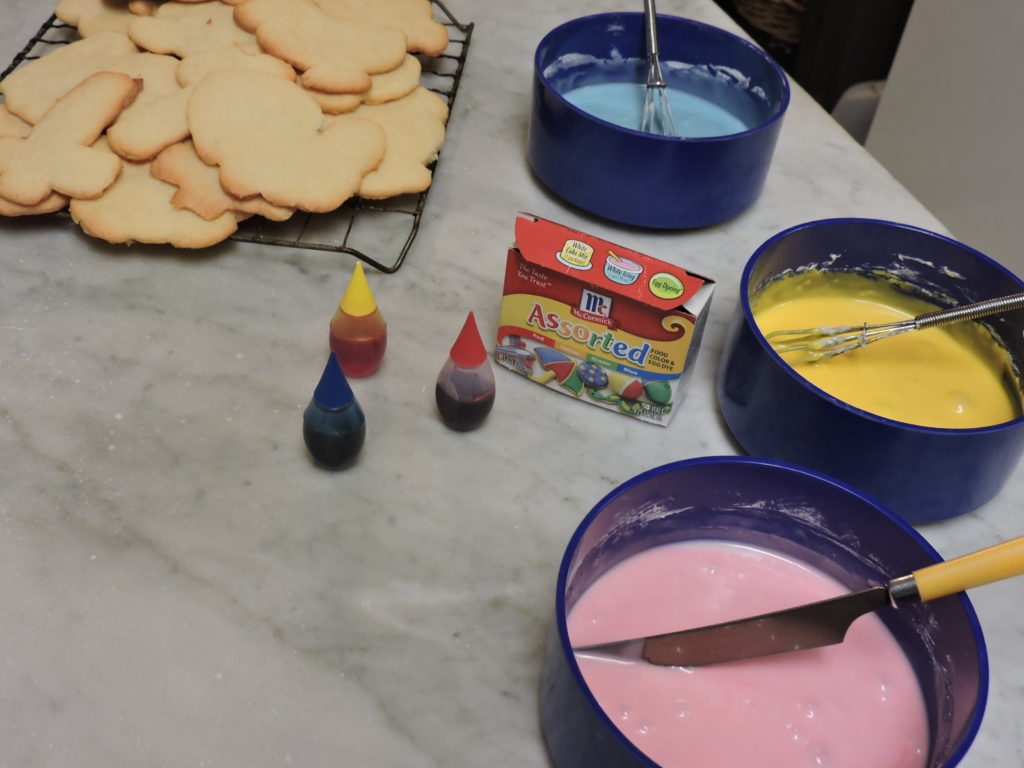
 The cookies are delicious plain but it’s more fun to decorate them. You can
The cookies are delicious plain but it’s more fun to decorate them. You can 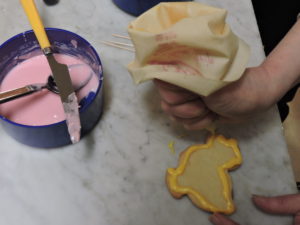 spread icing over the entire cookie or you can outline them.
spread icing over the entire cookie or you can outline them.
